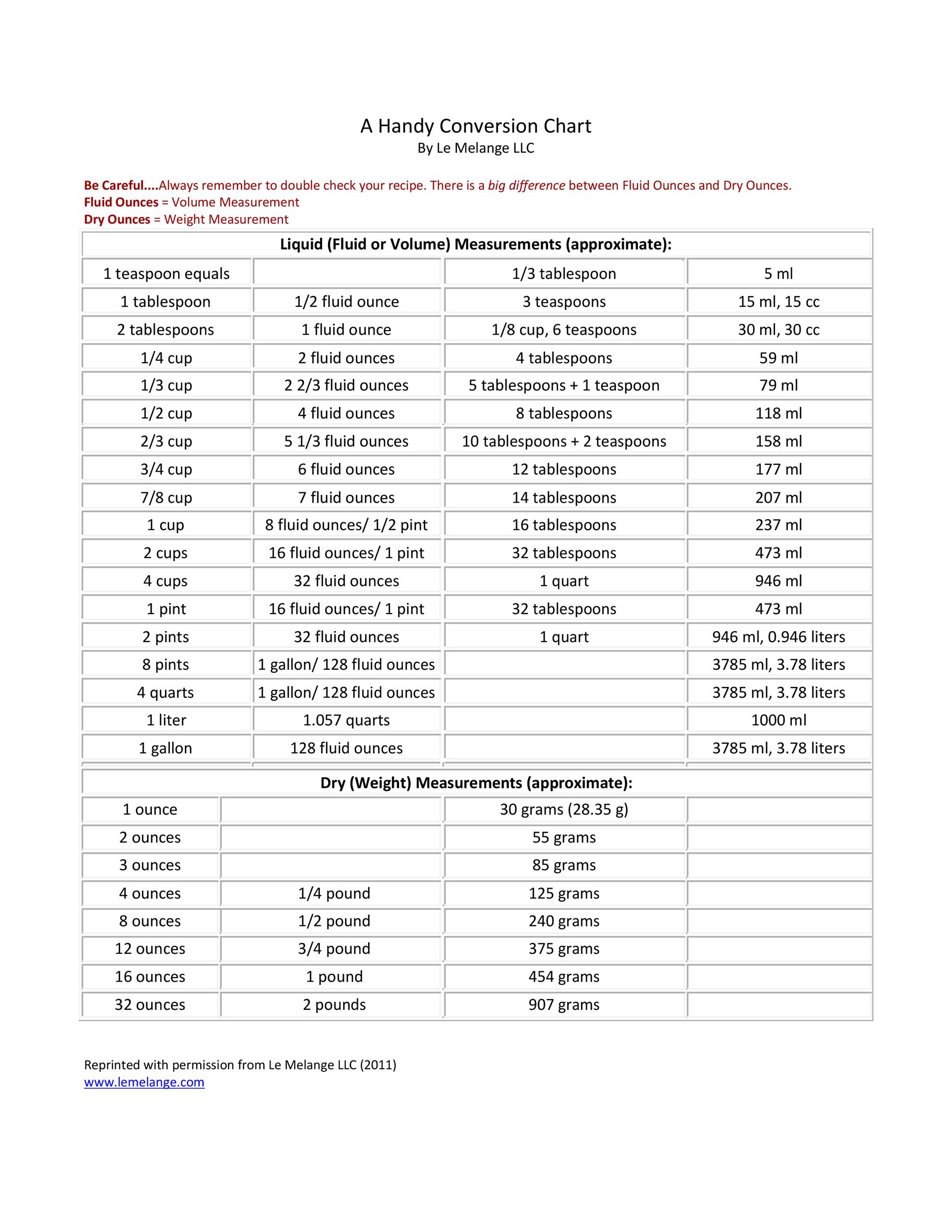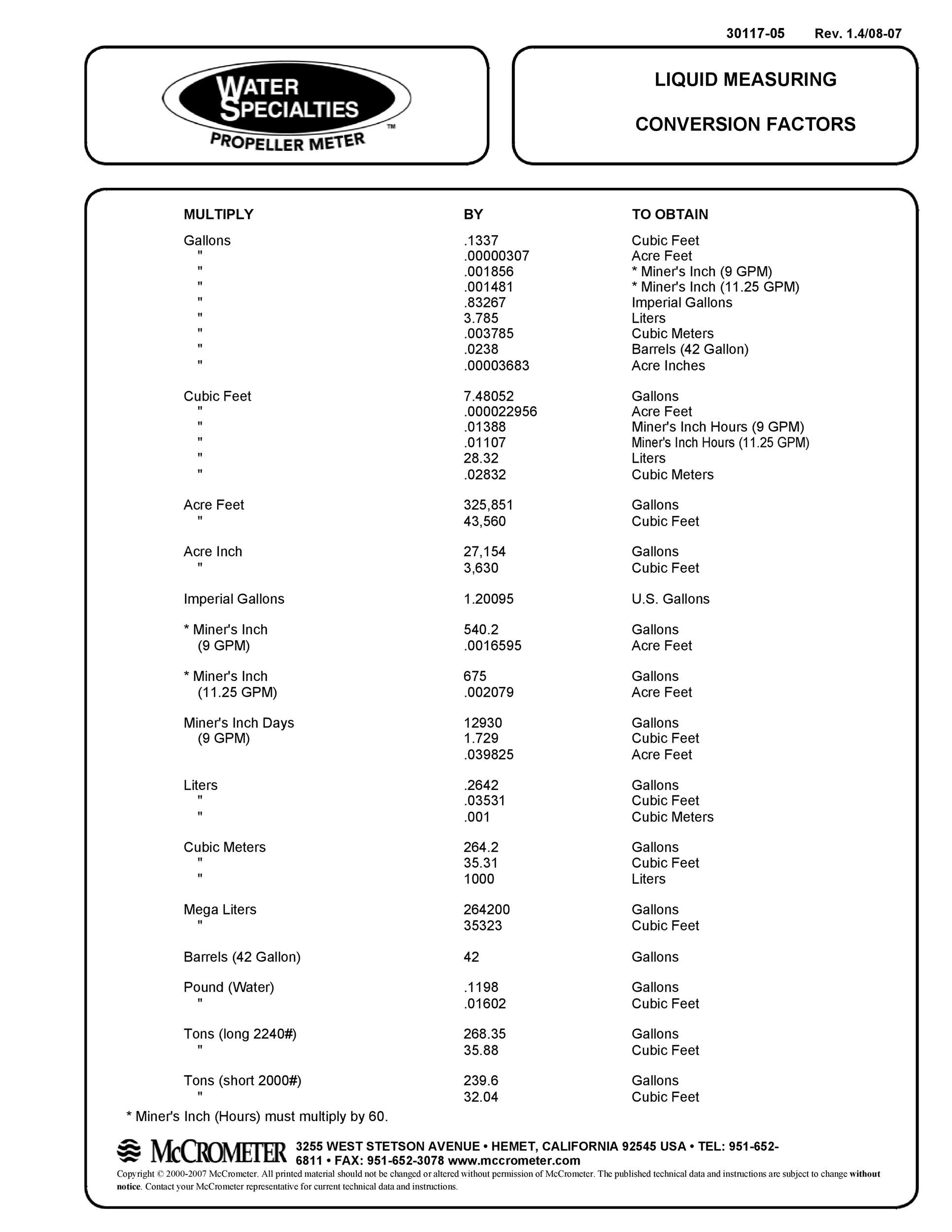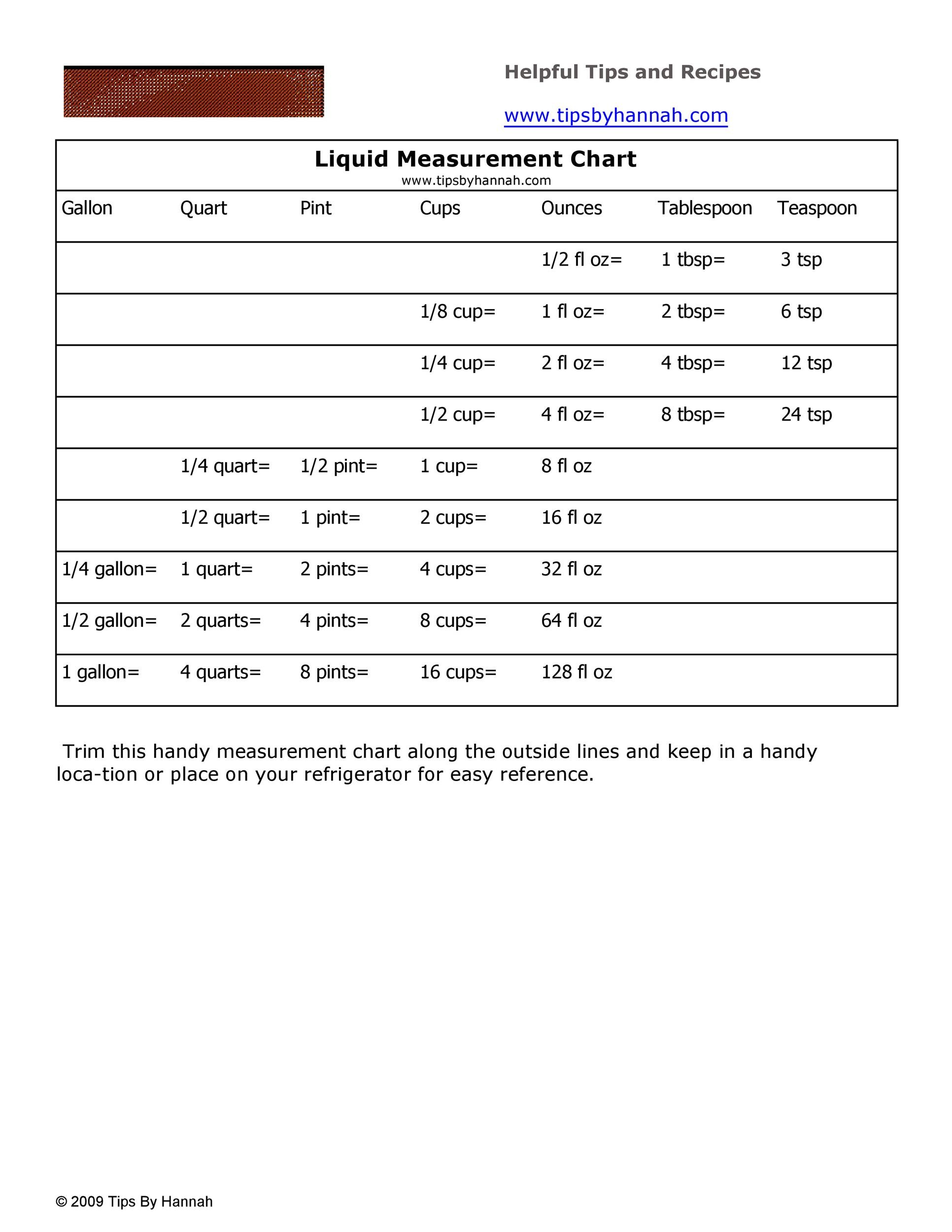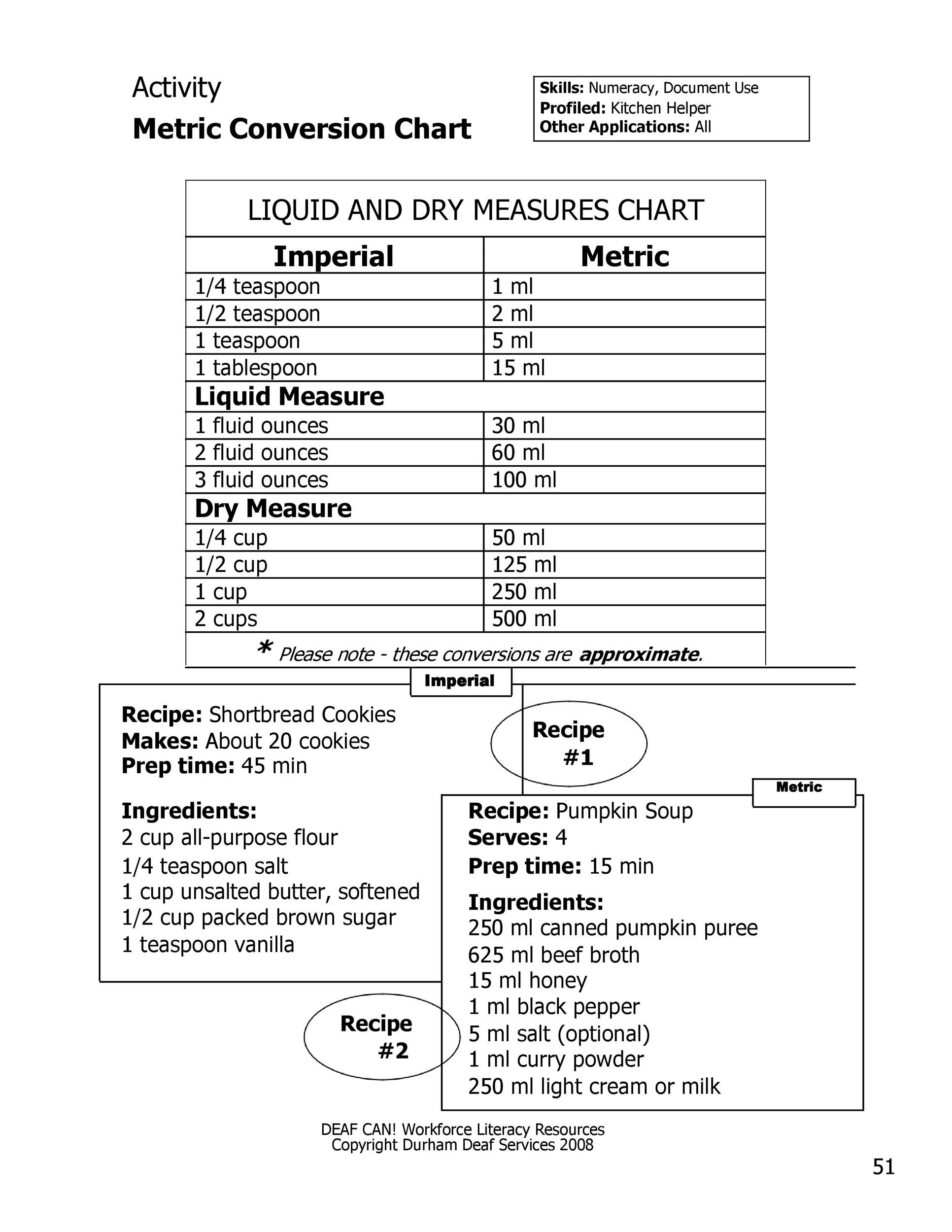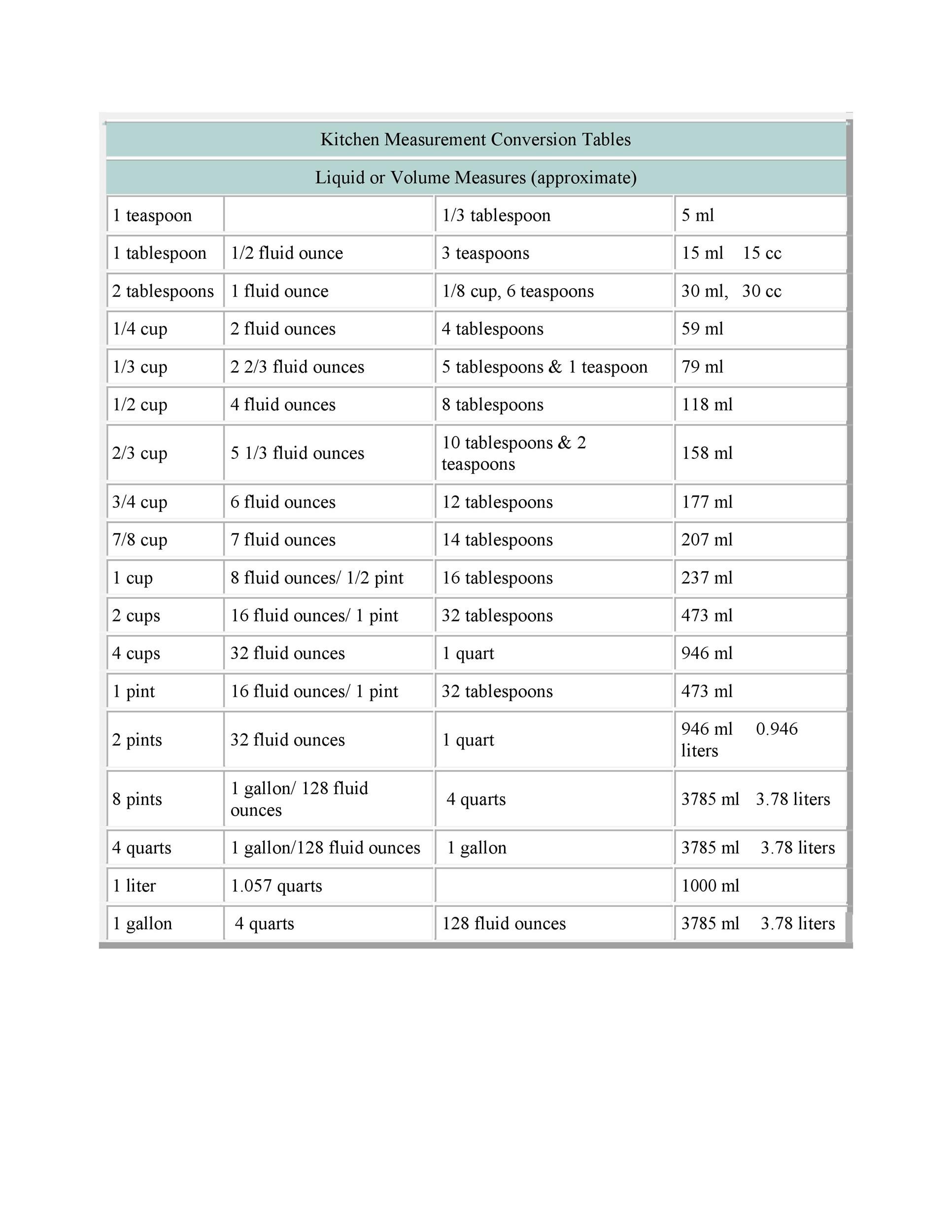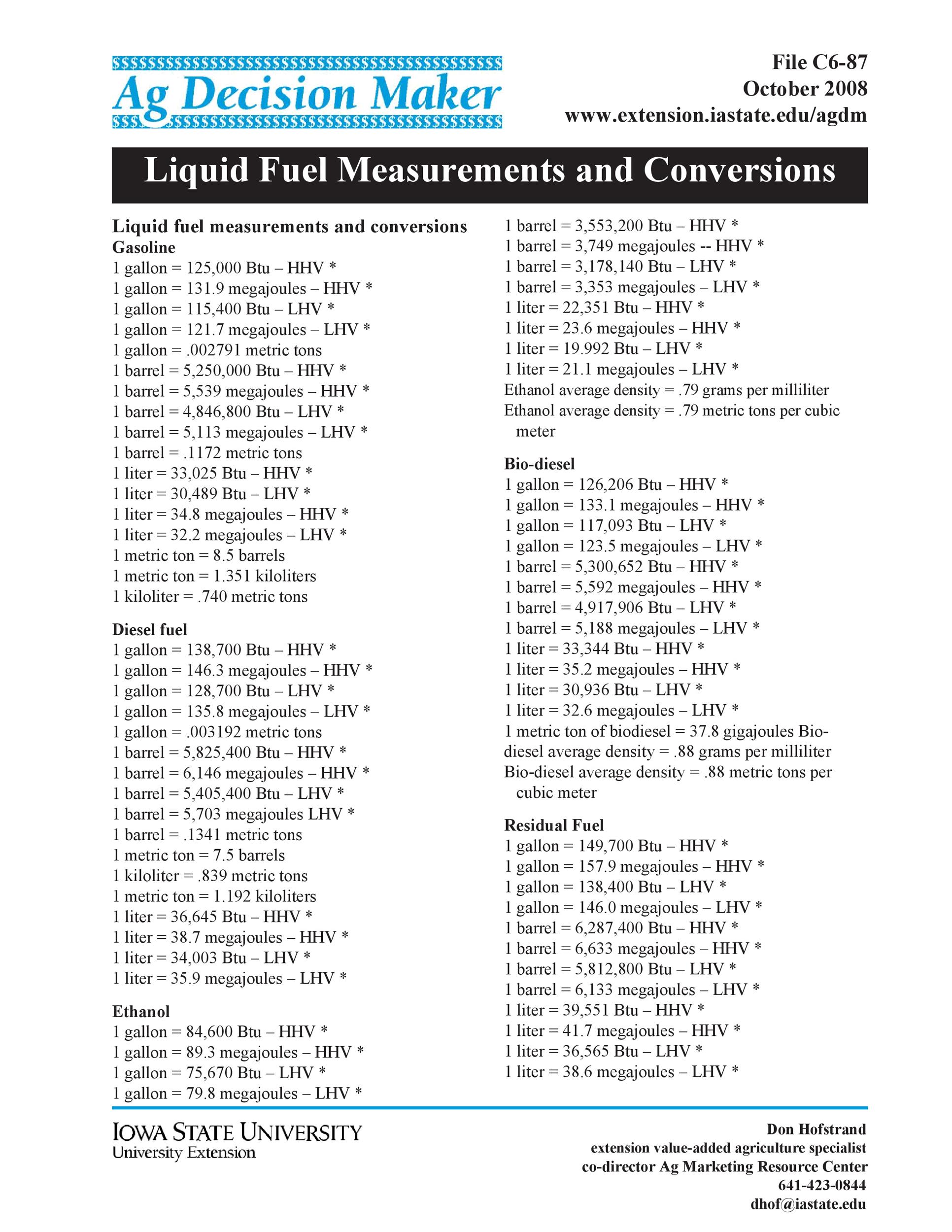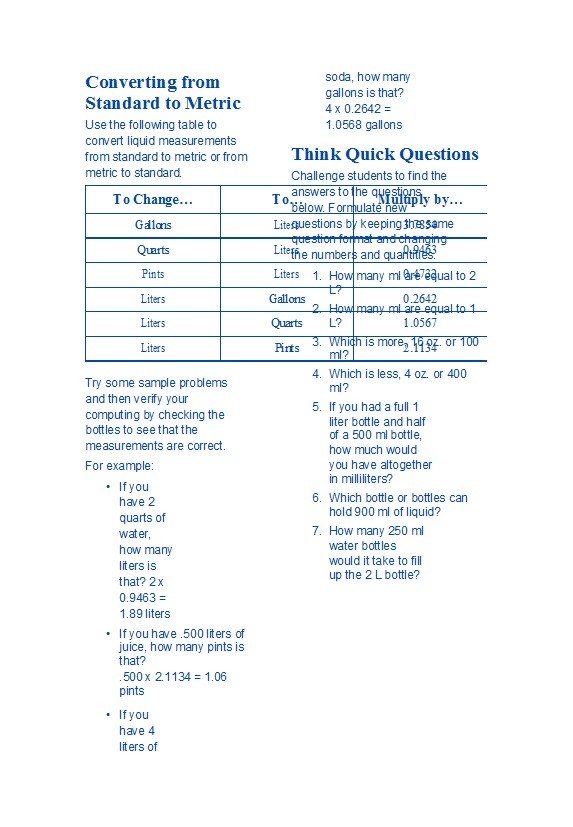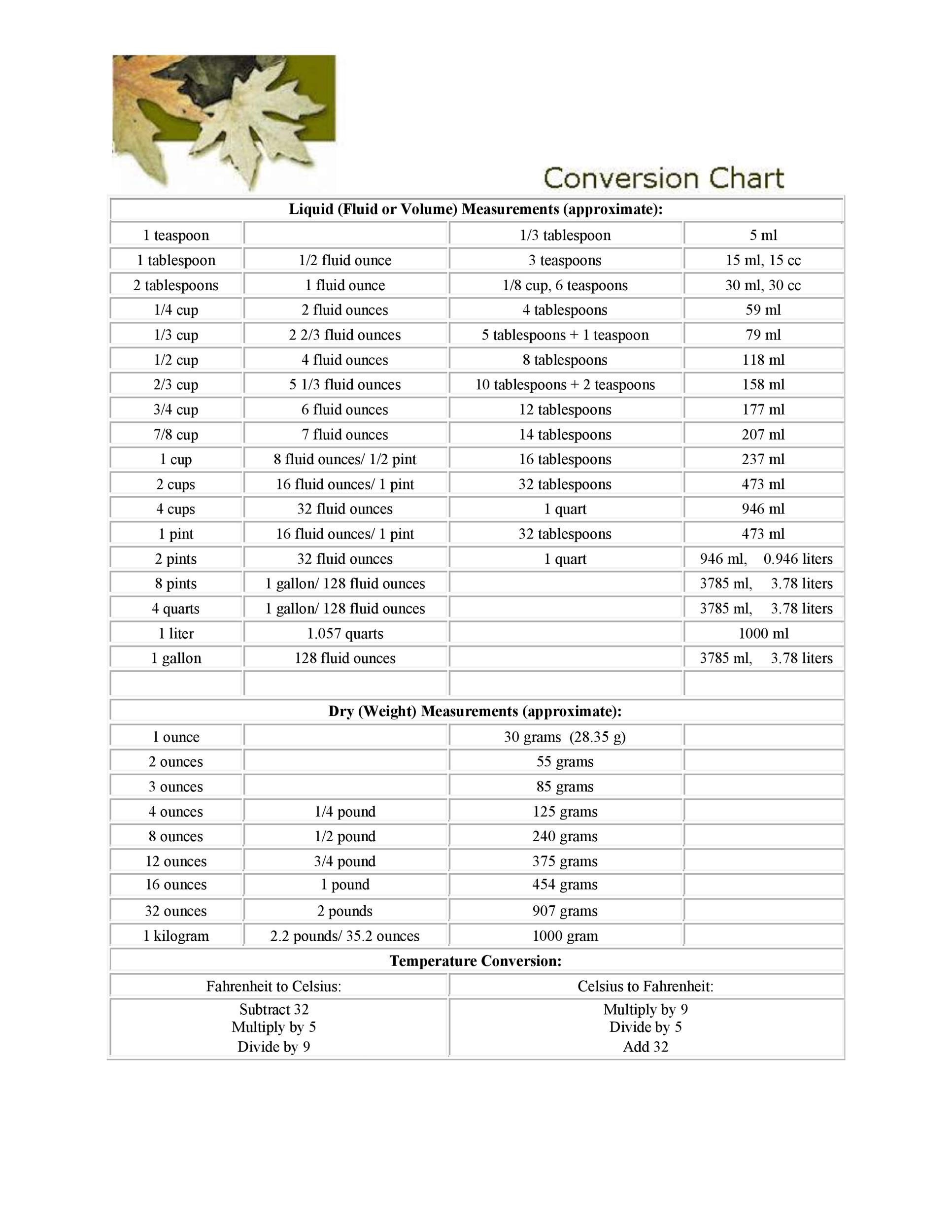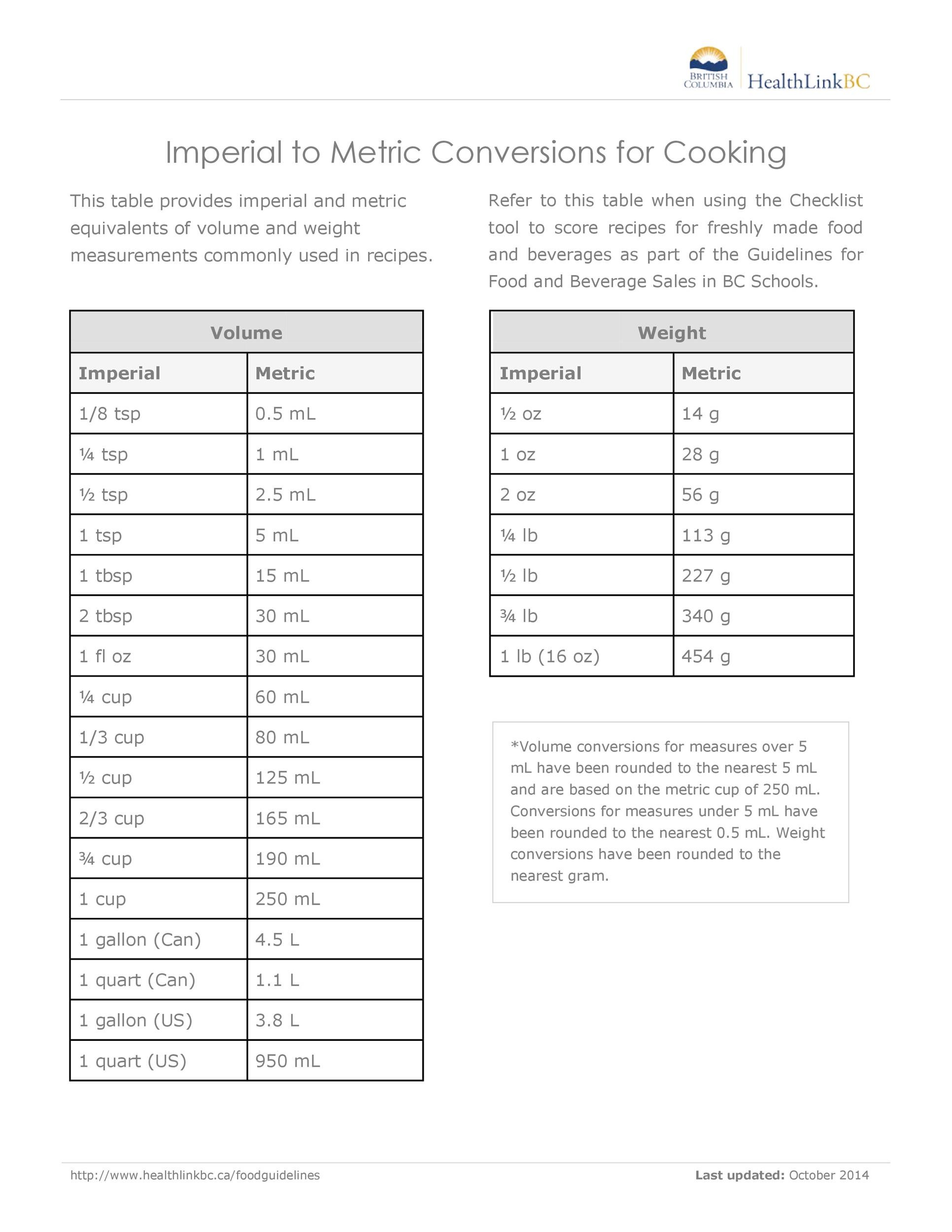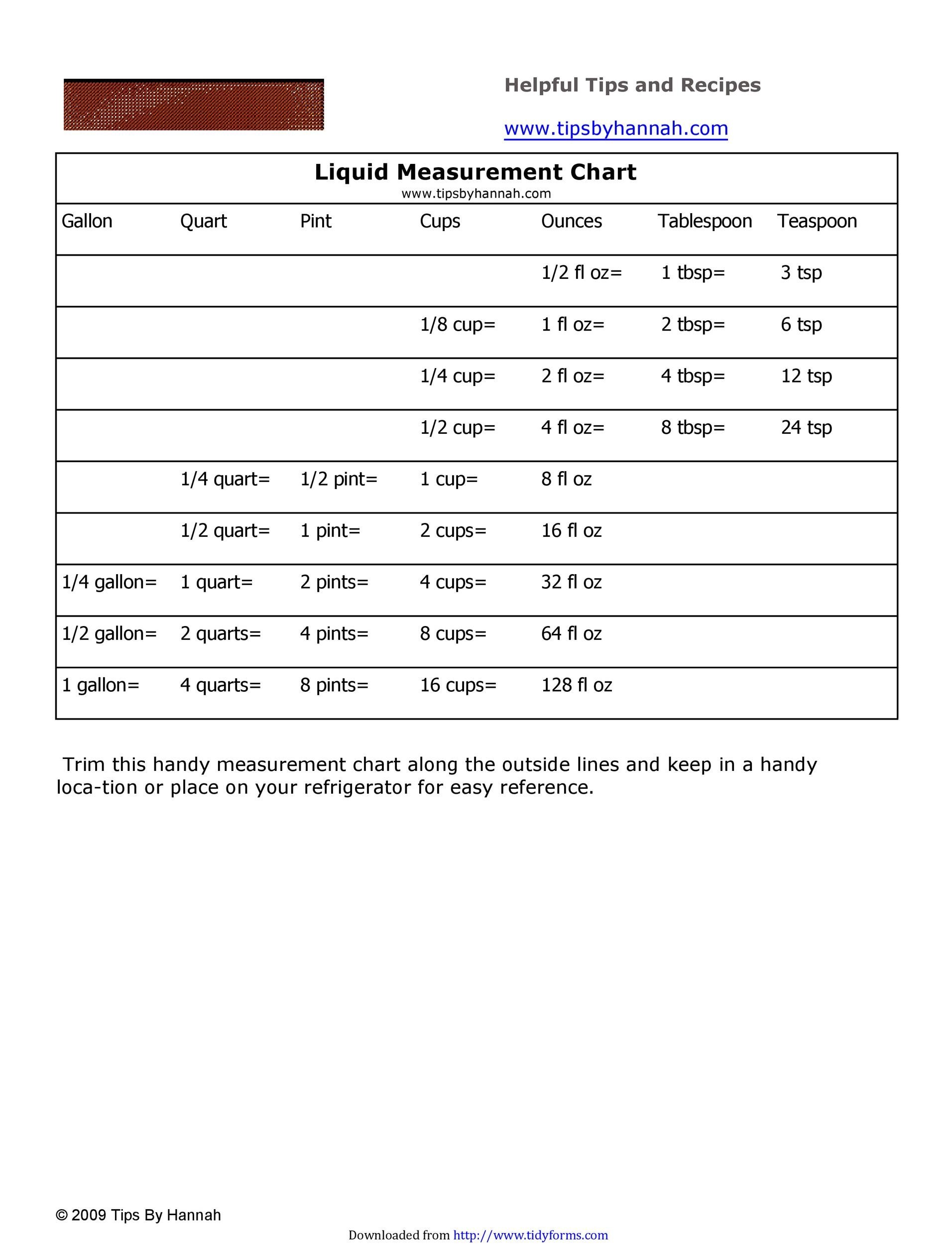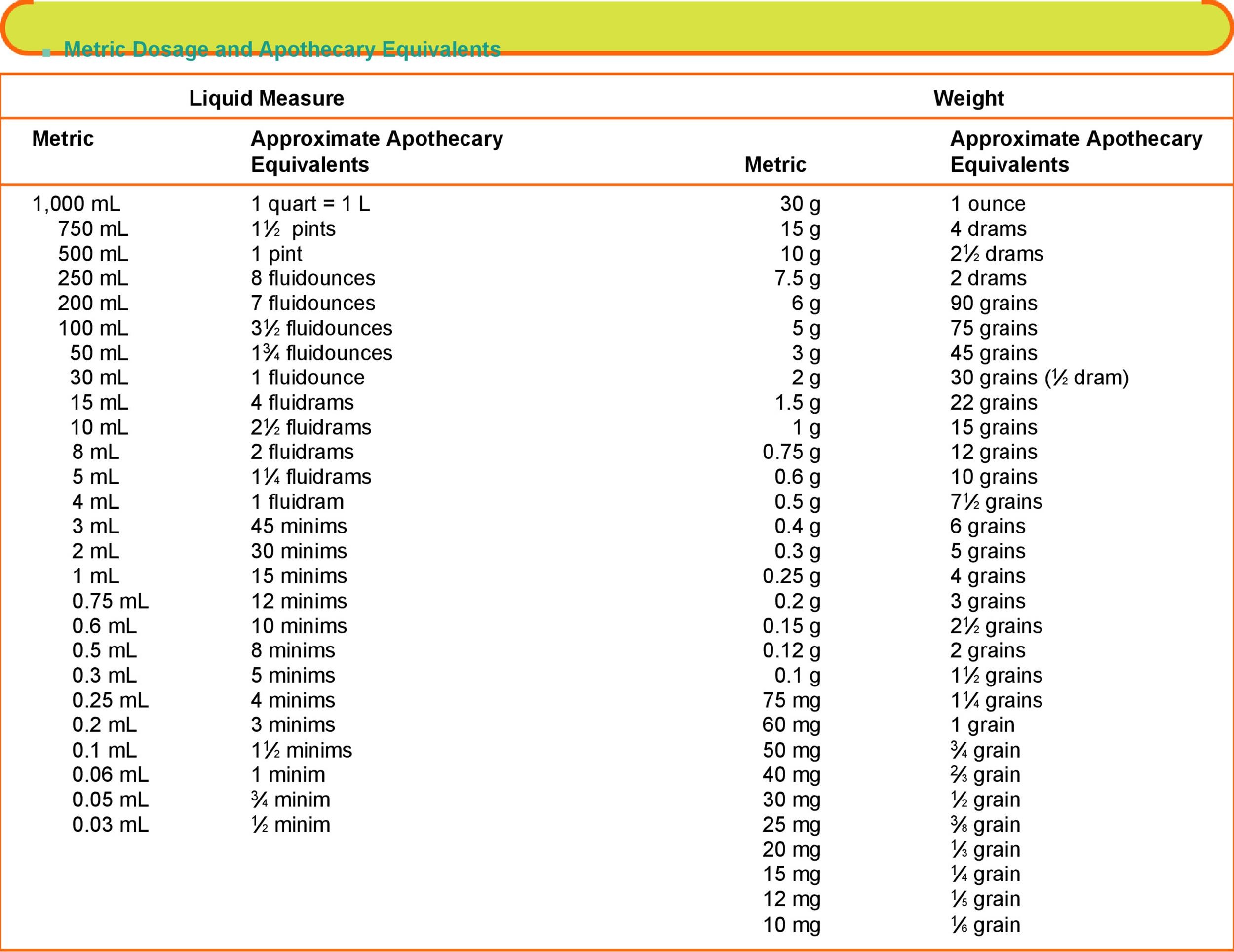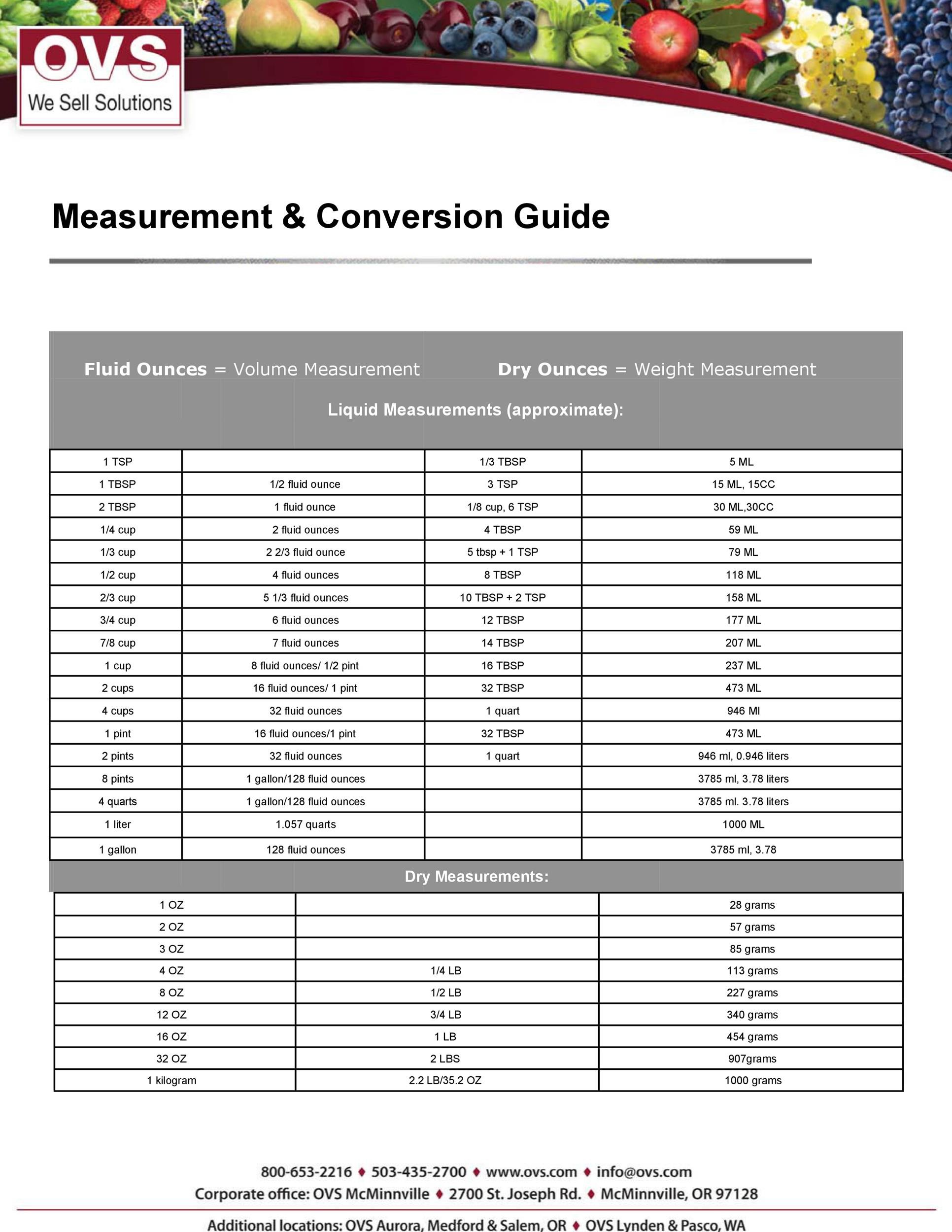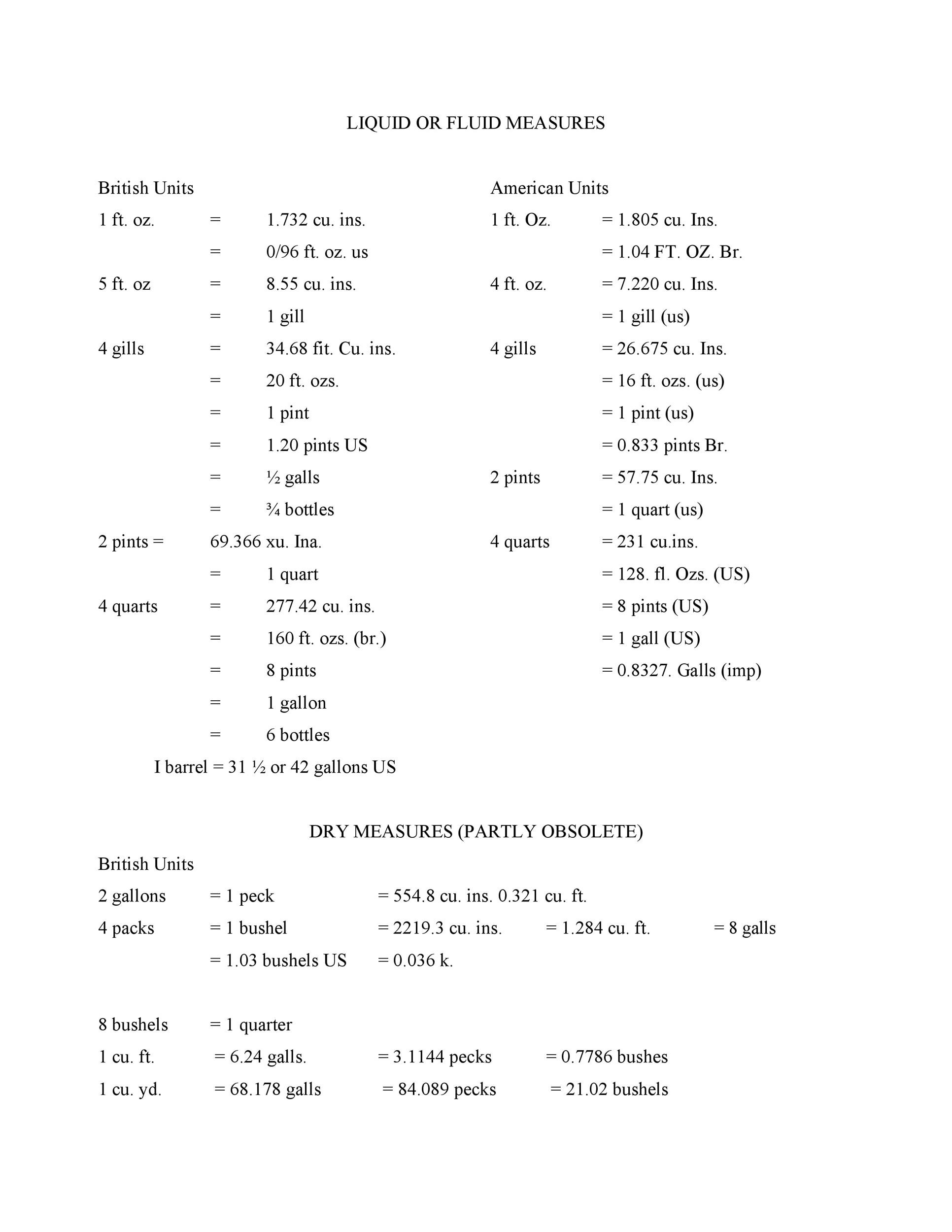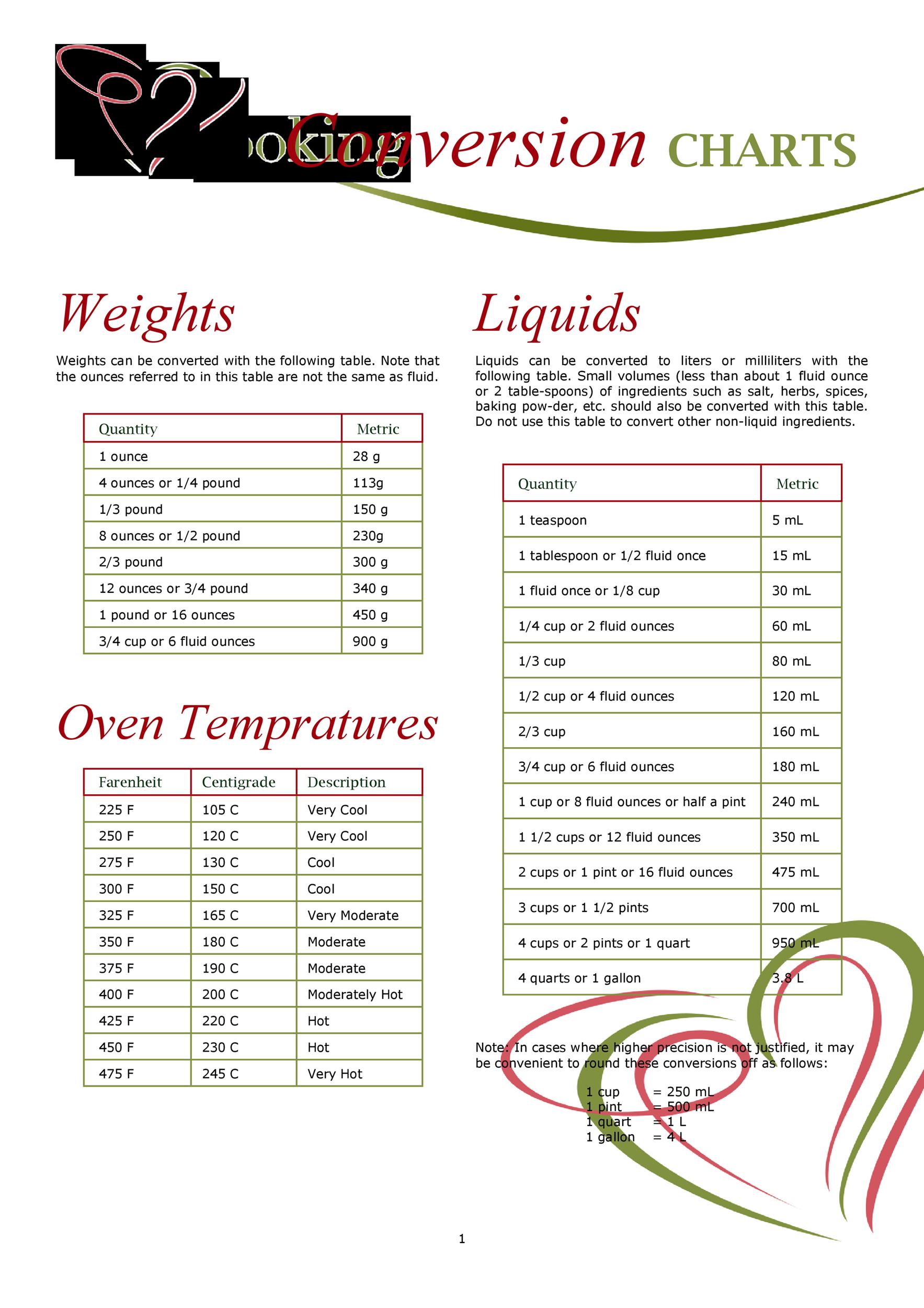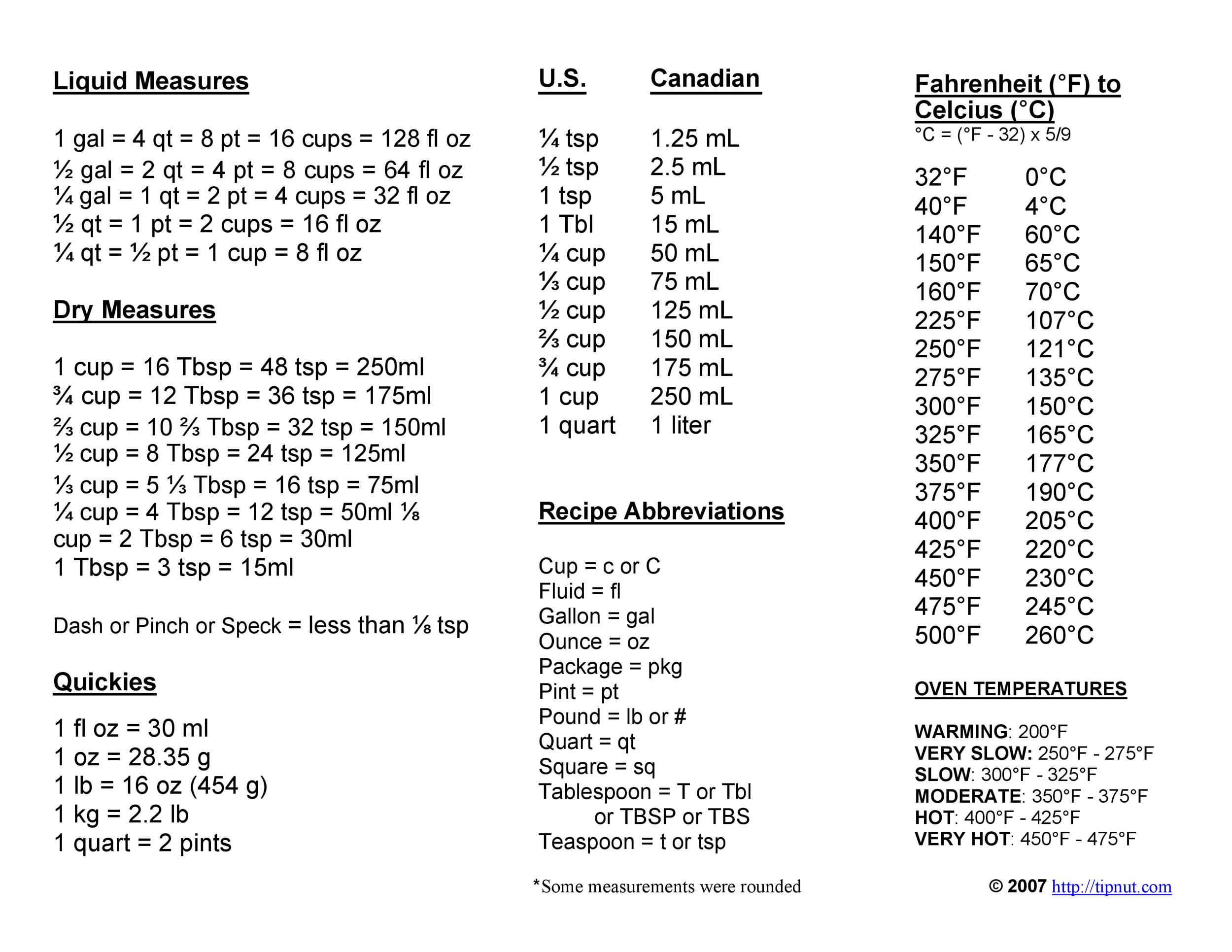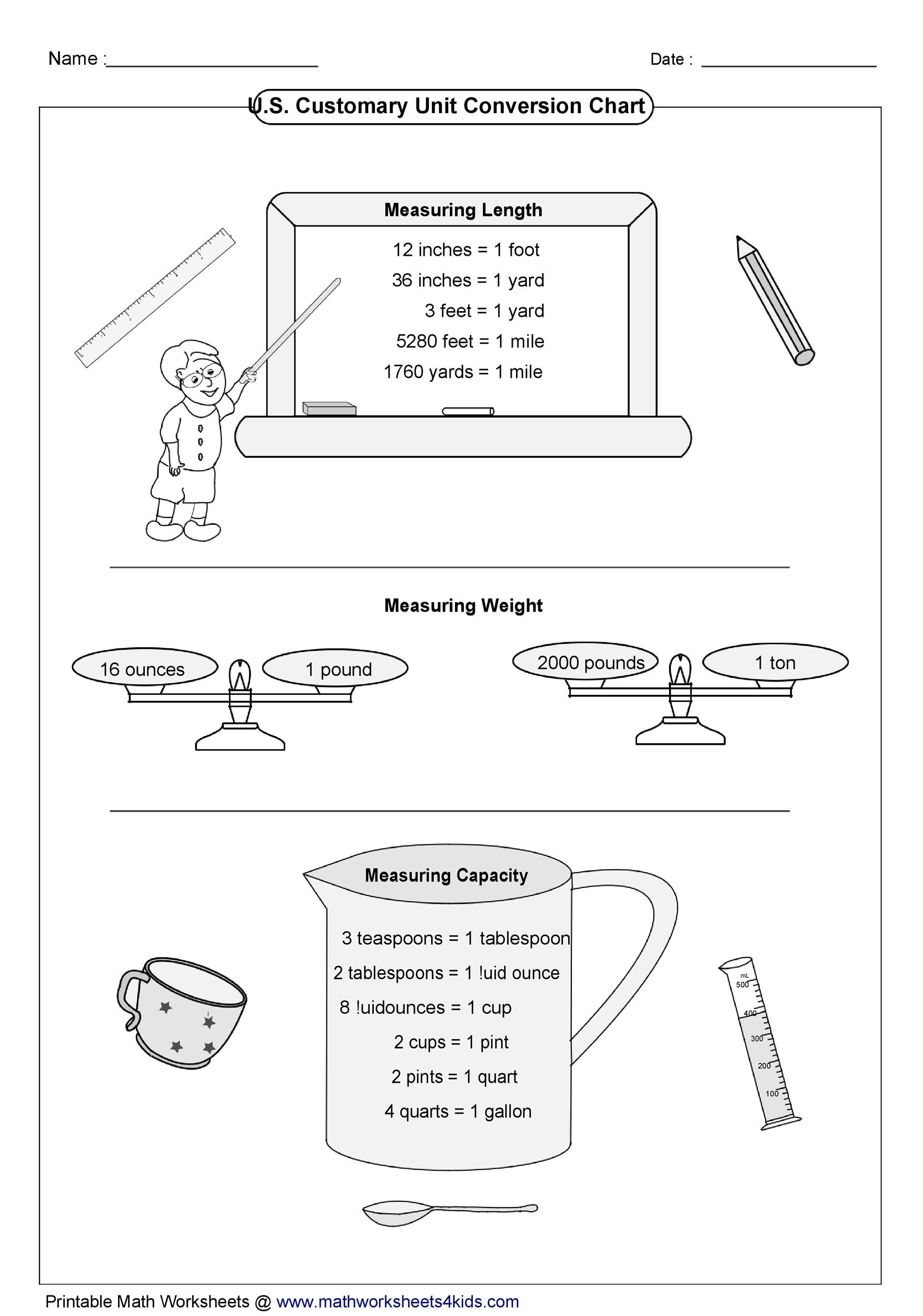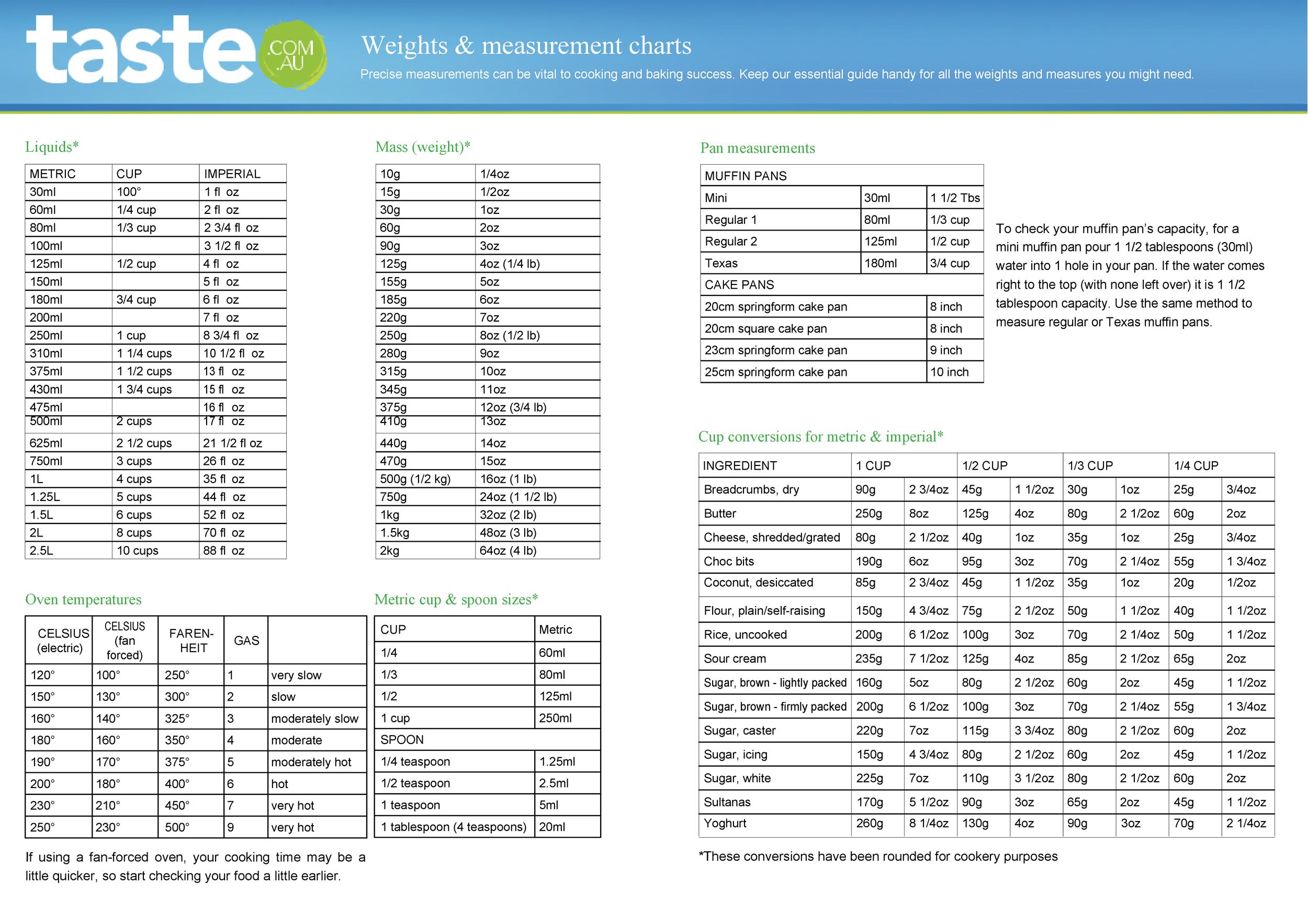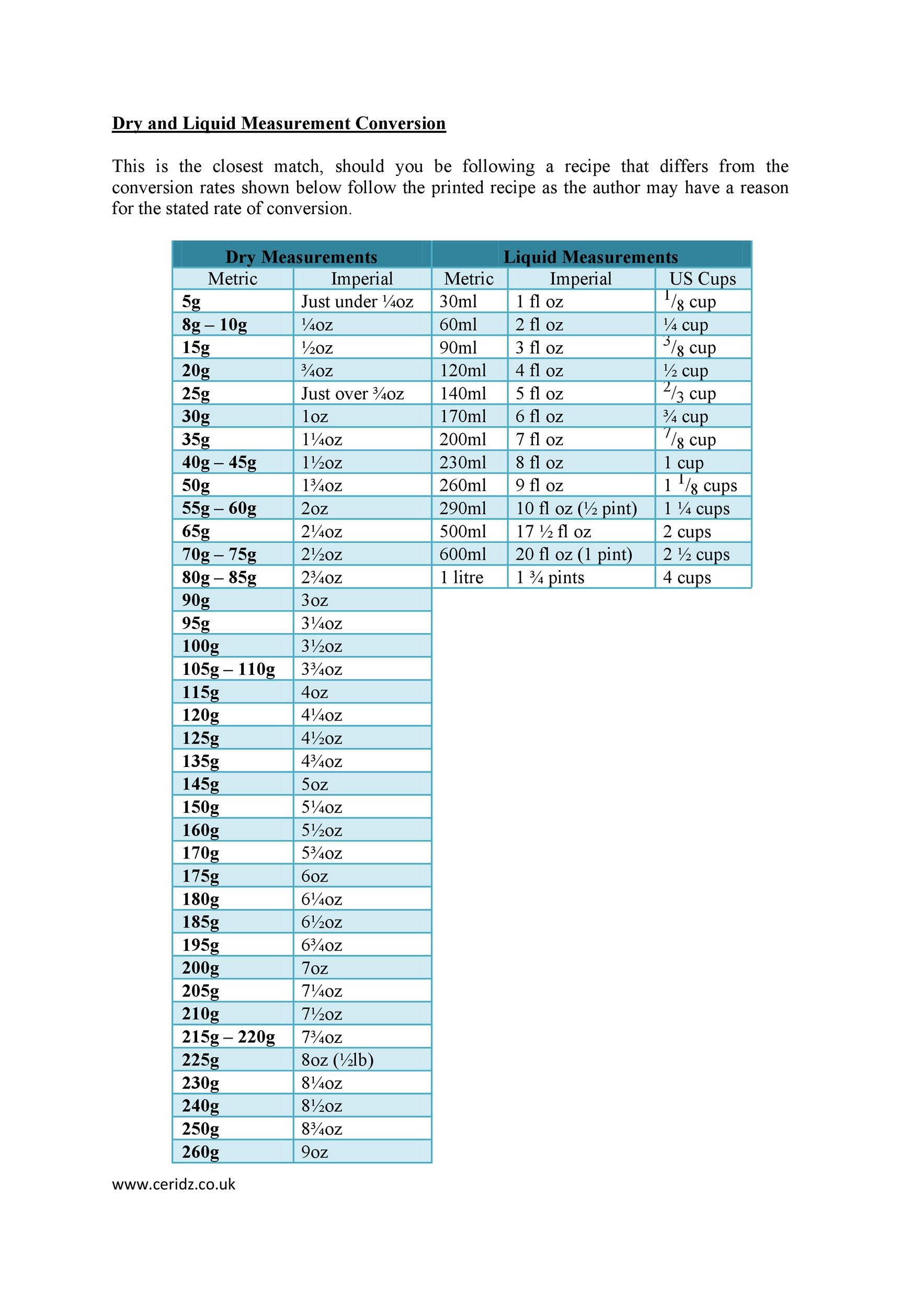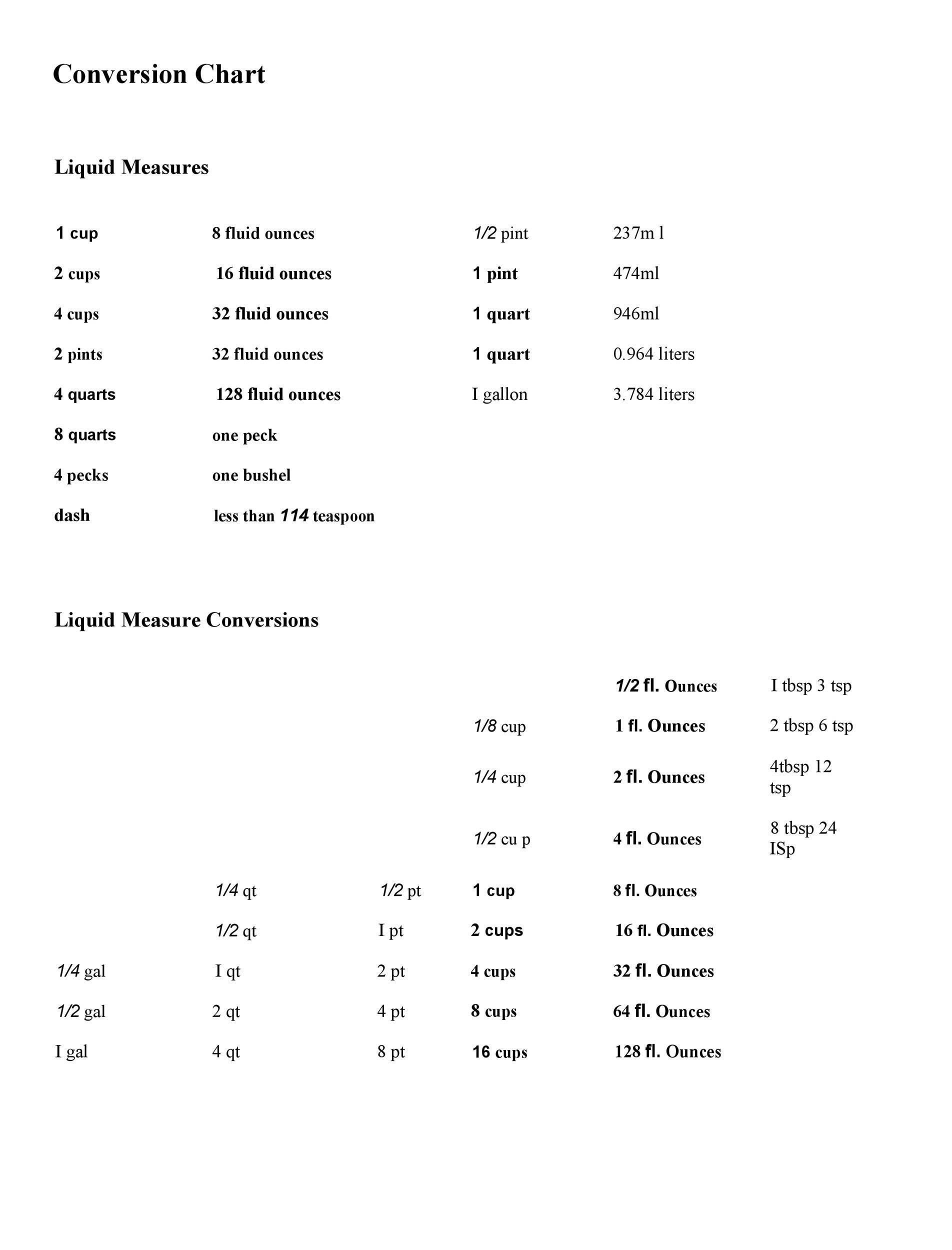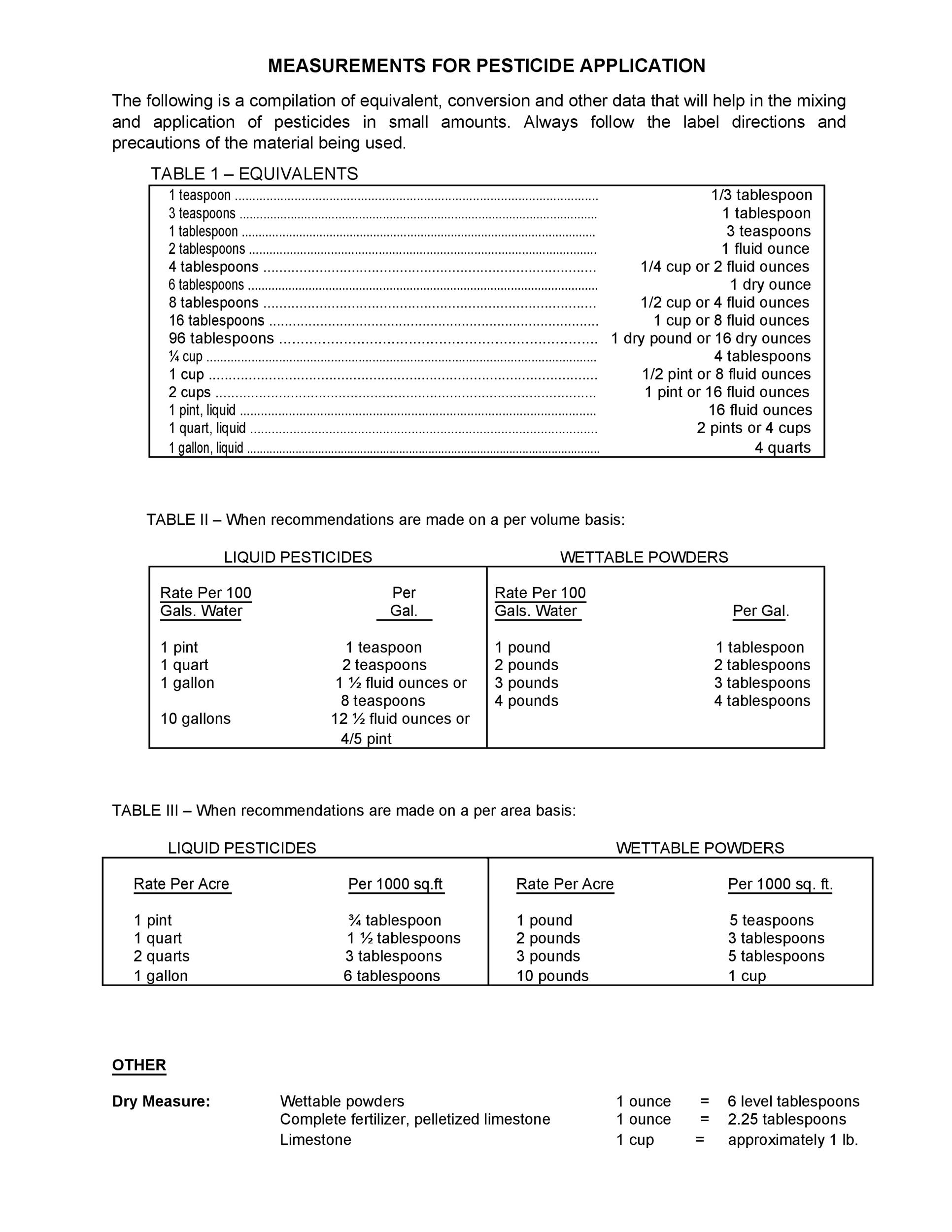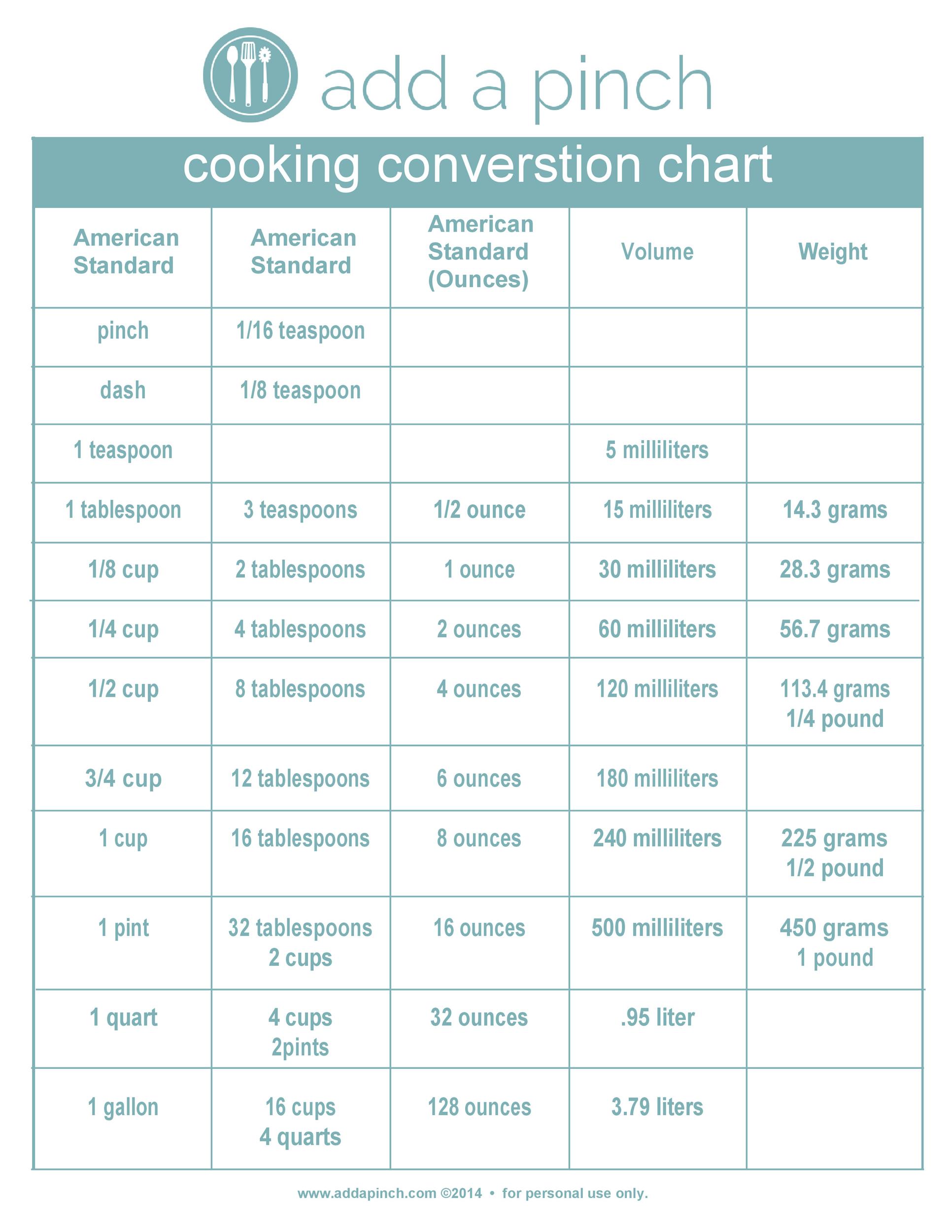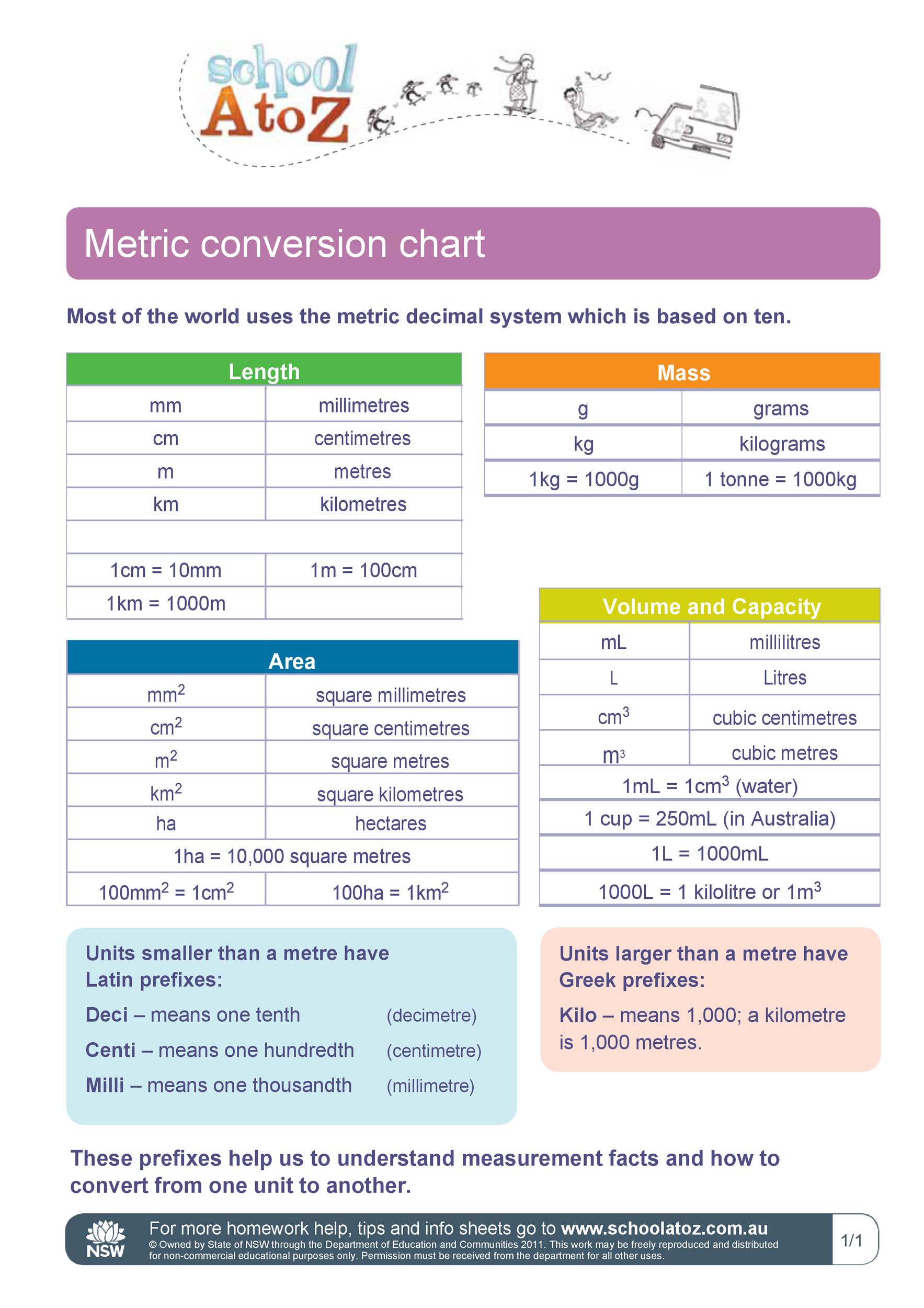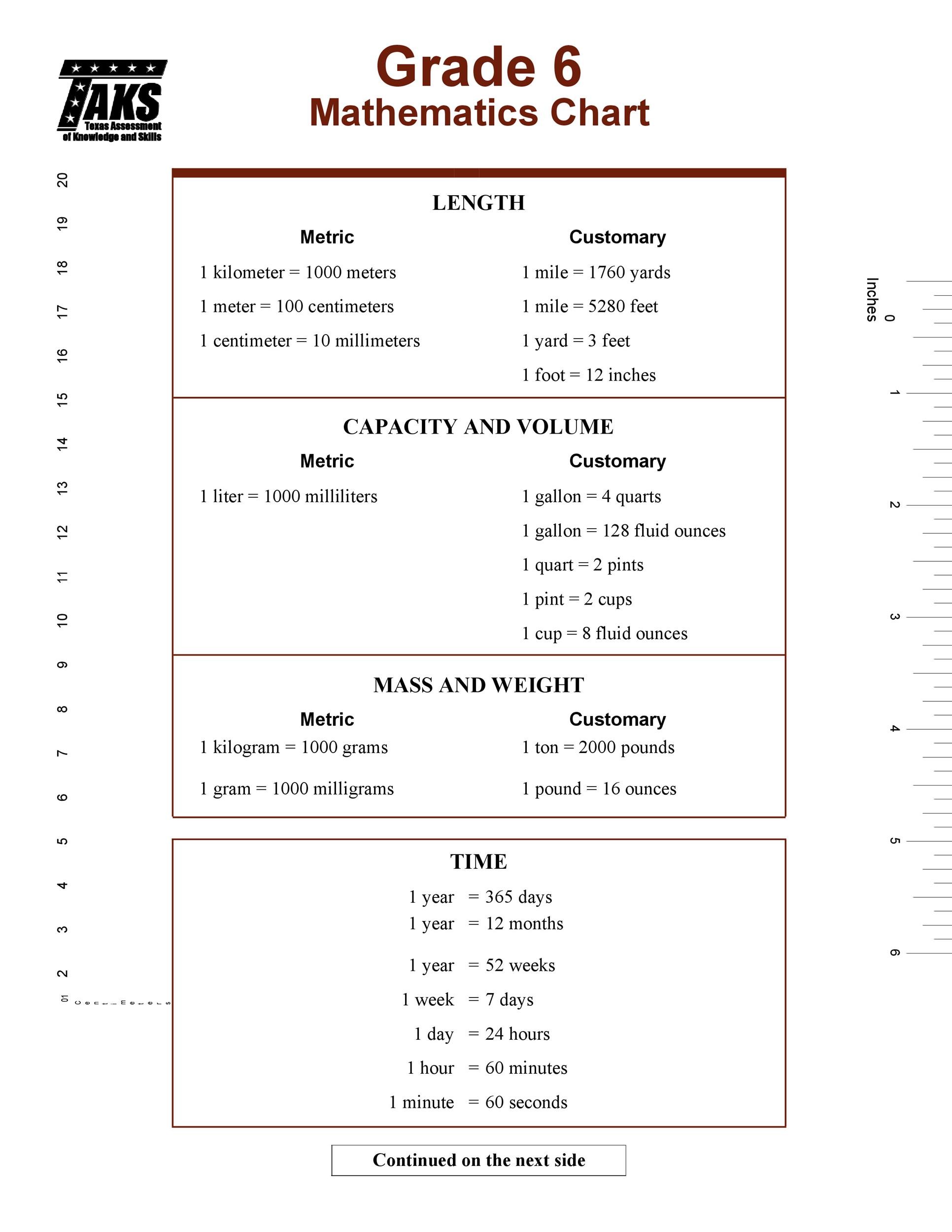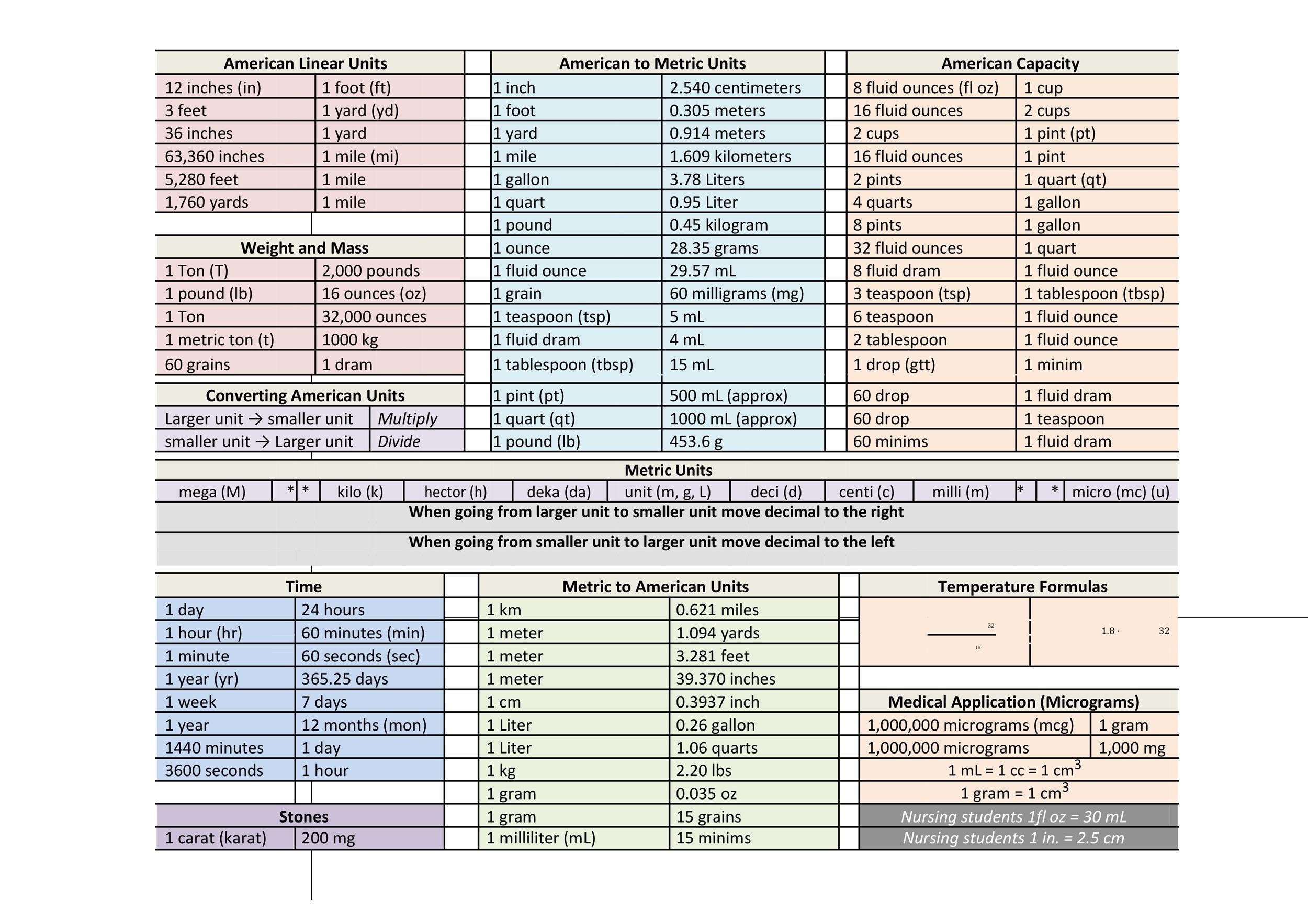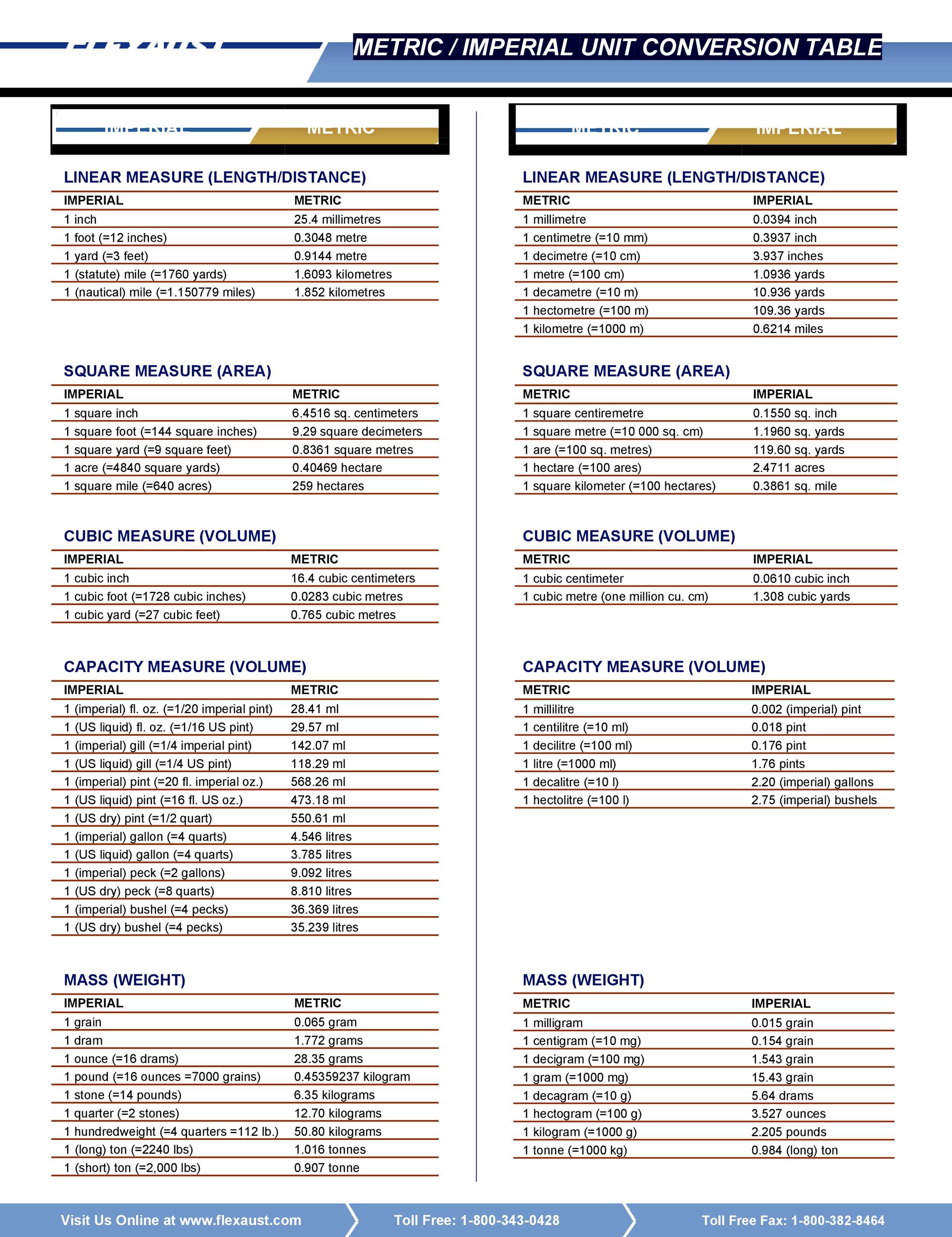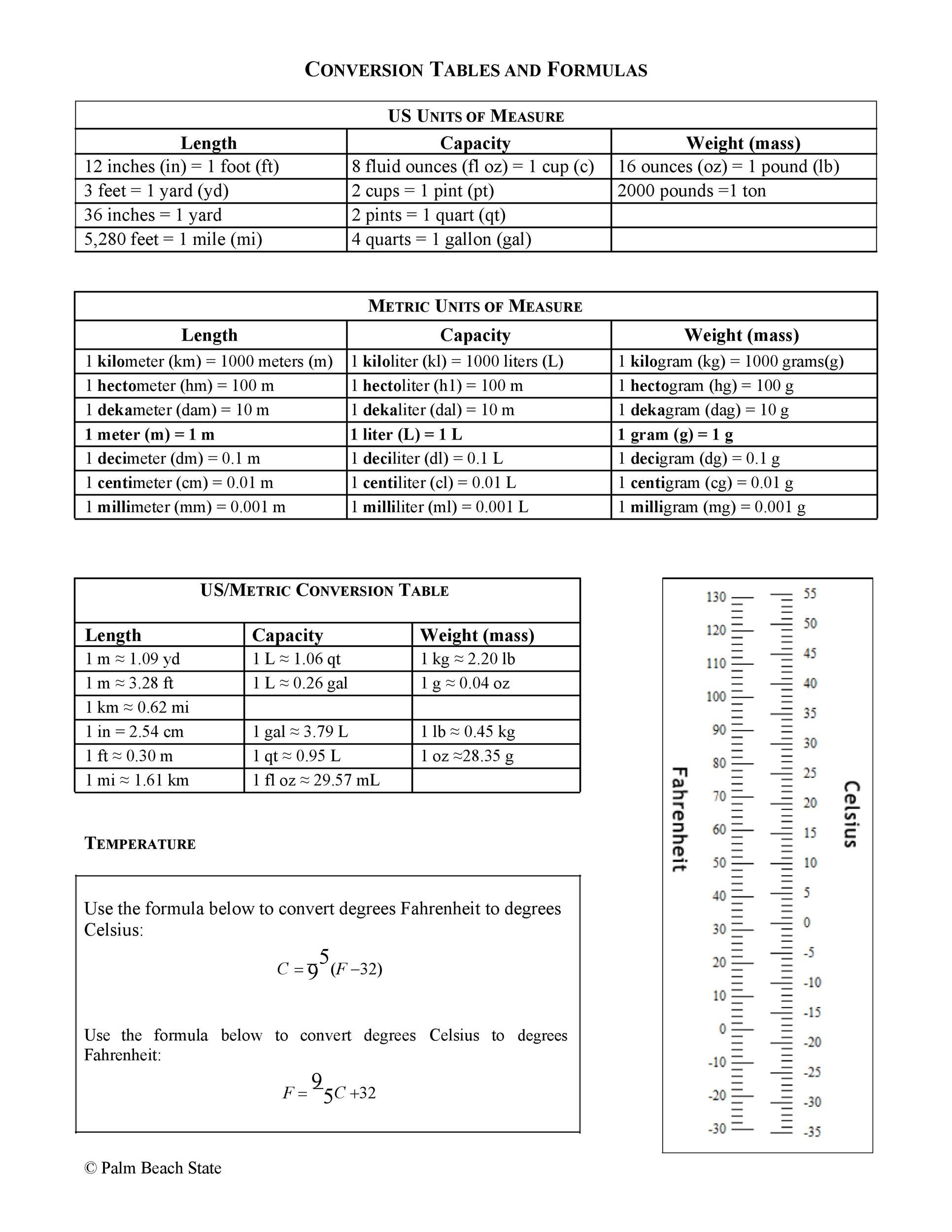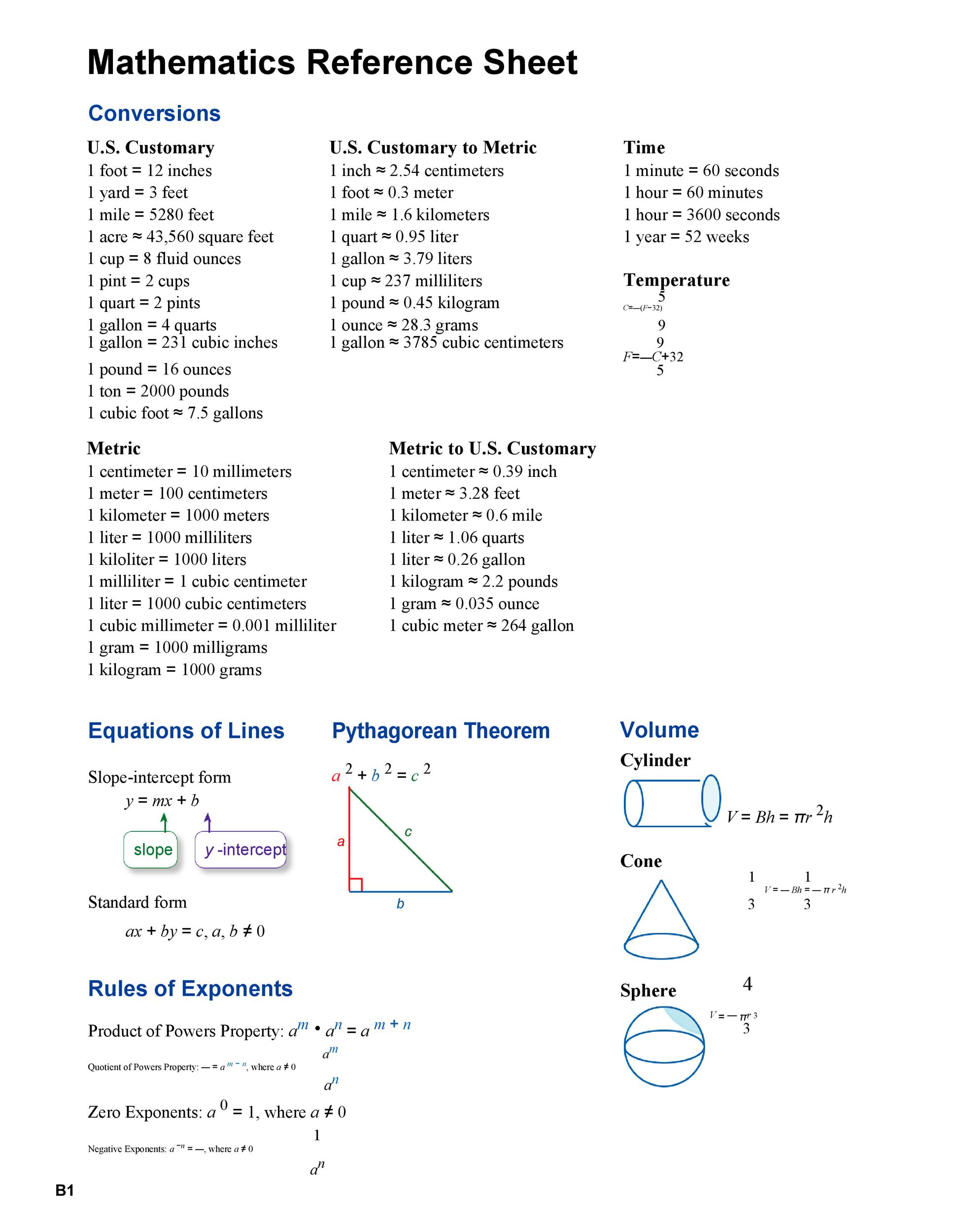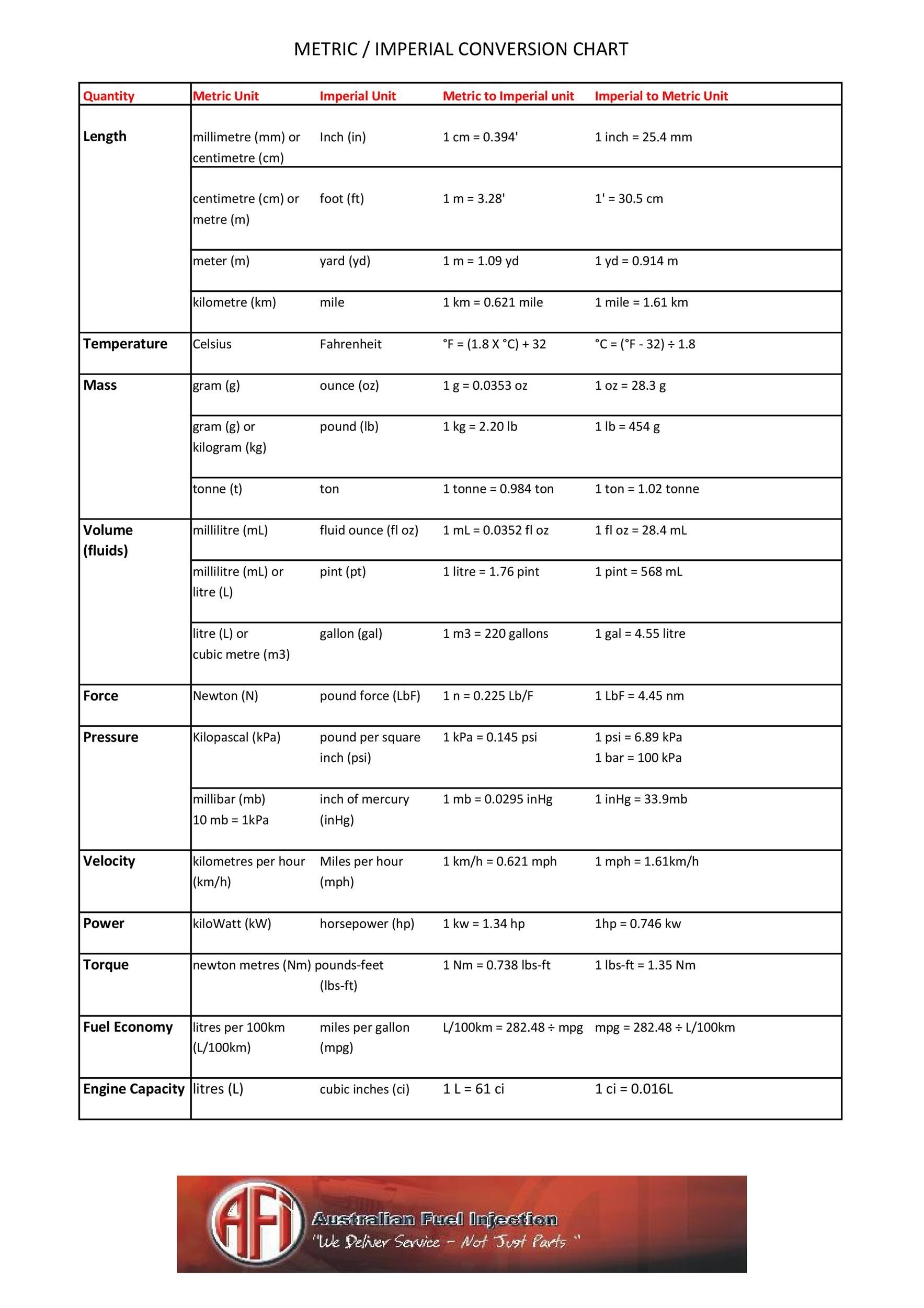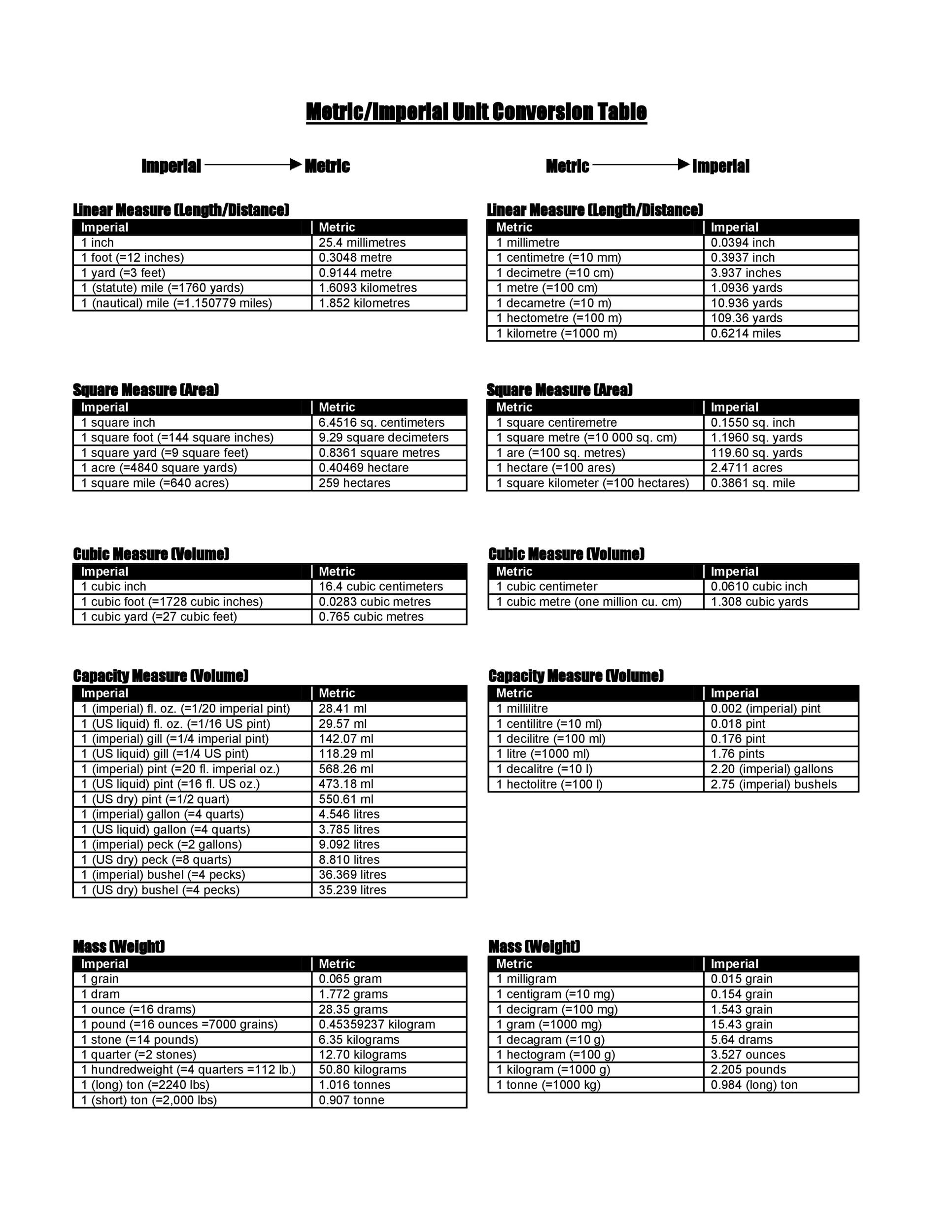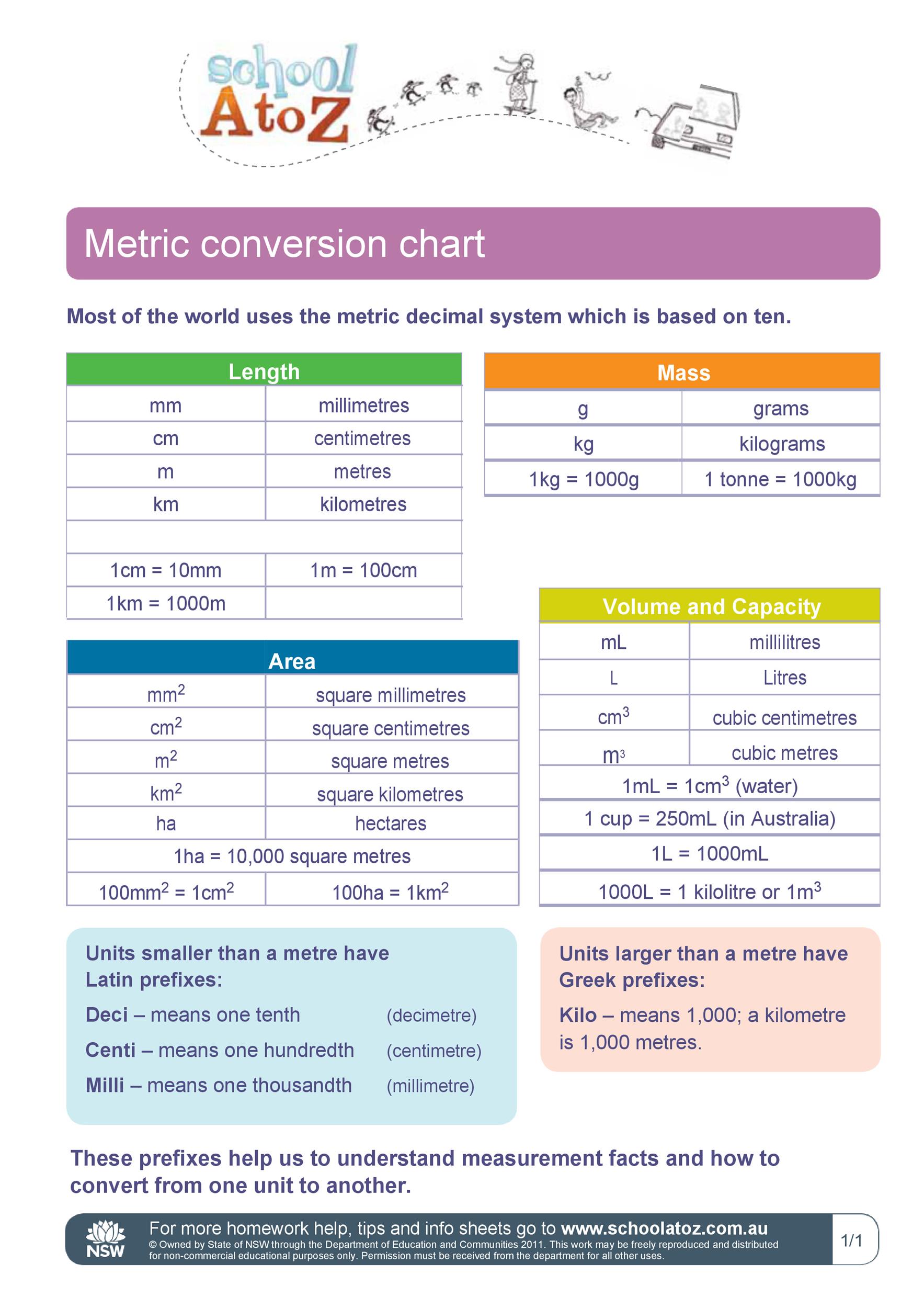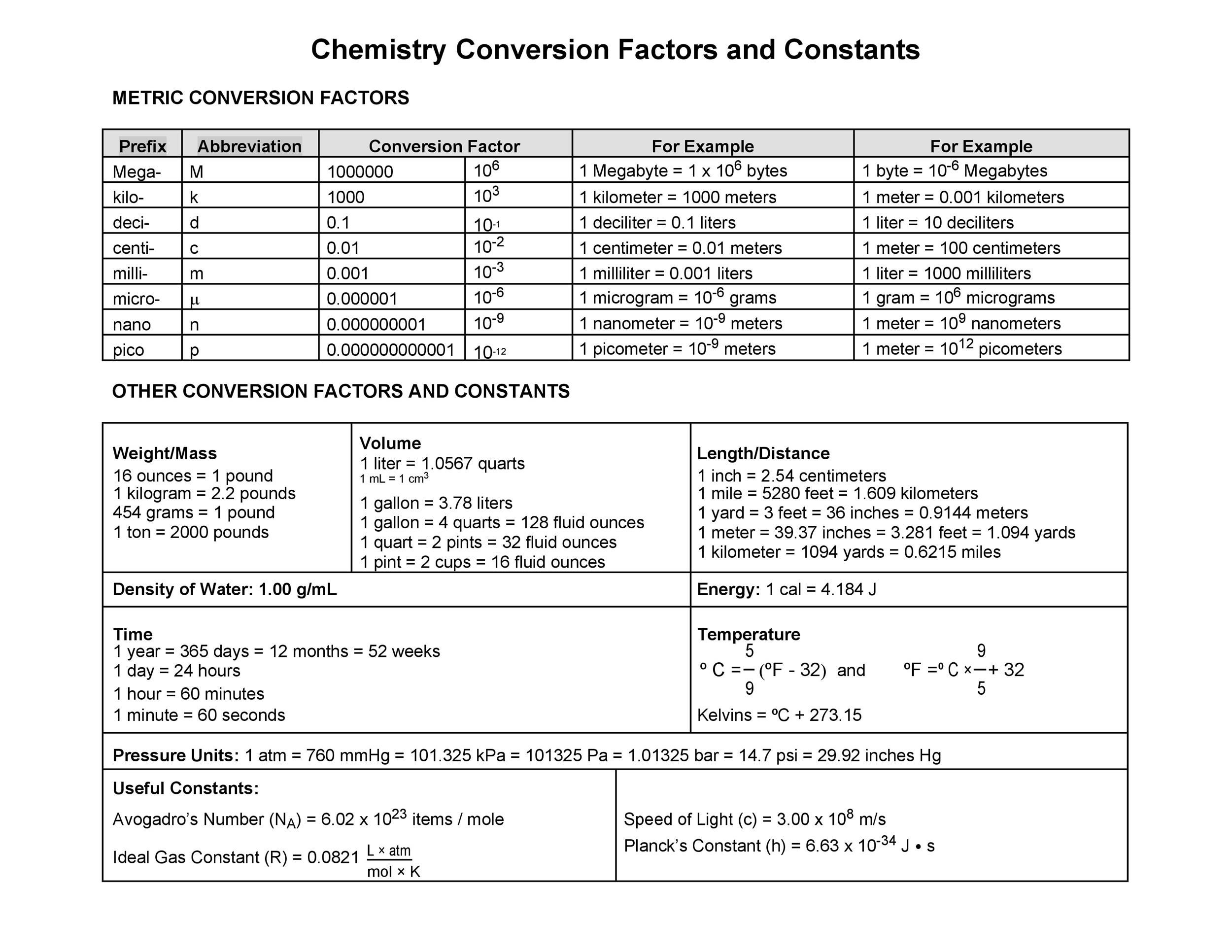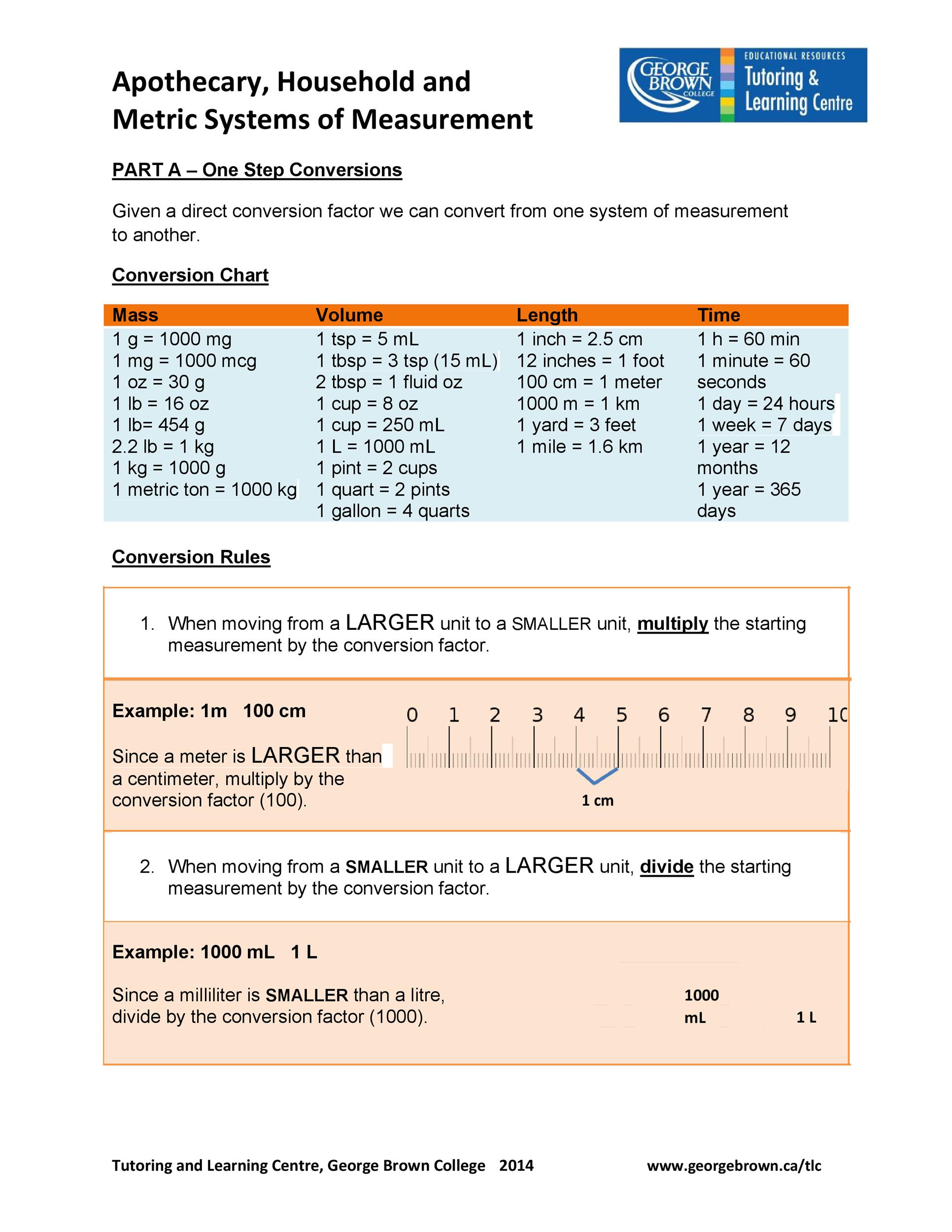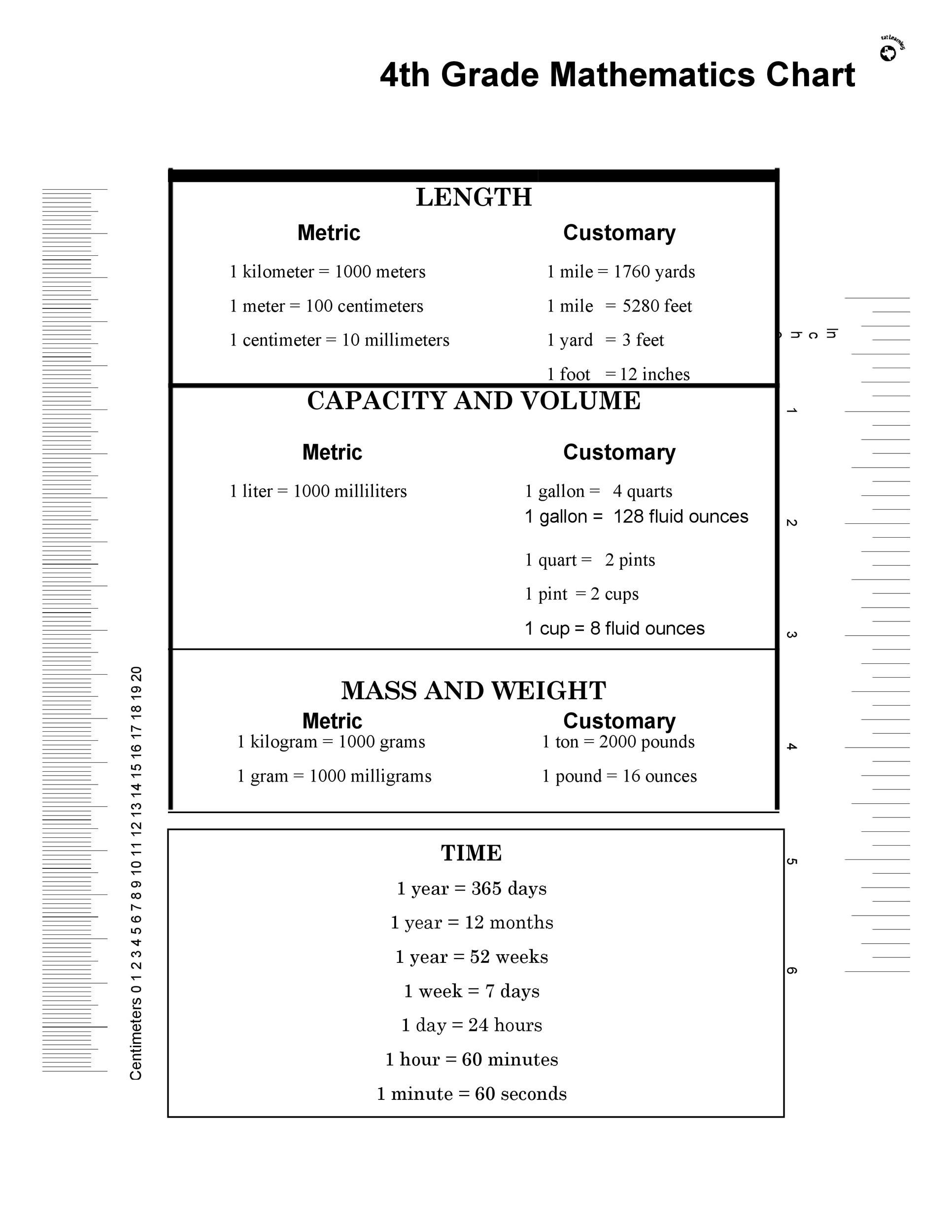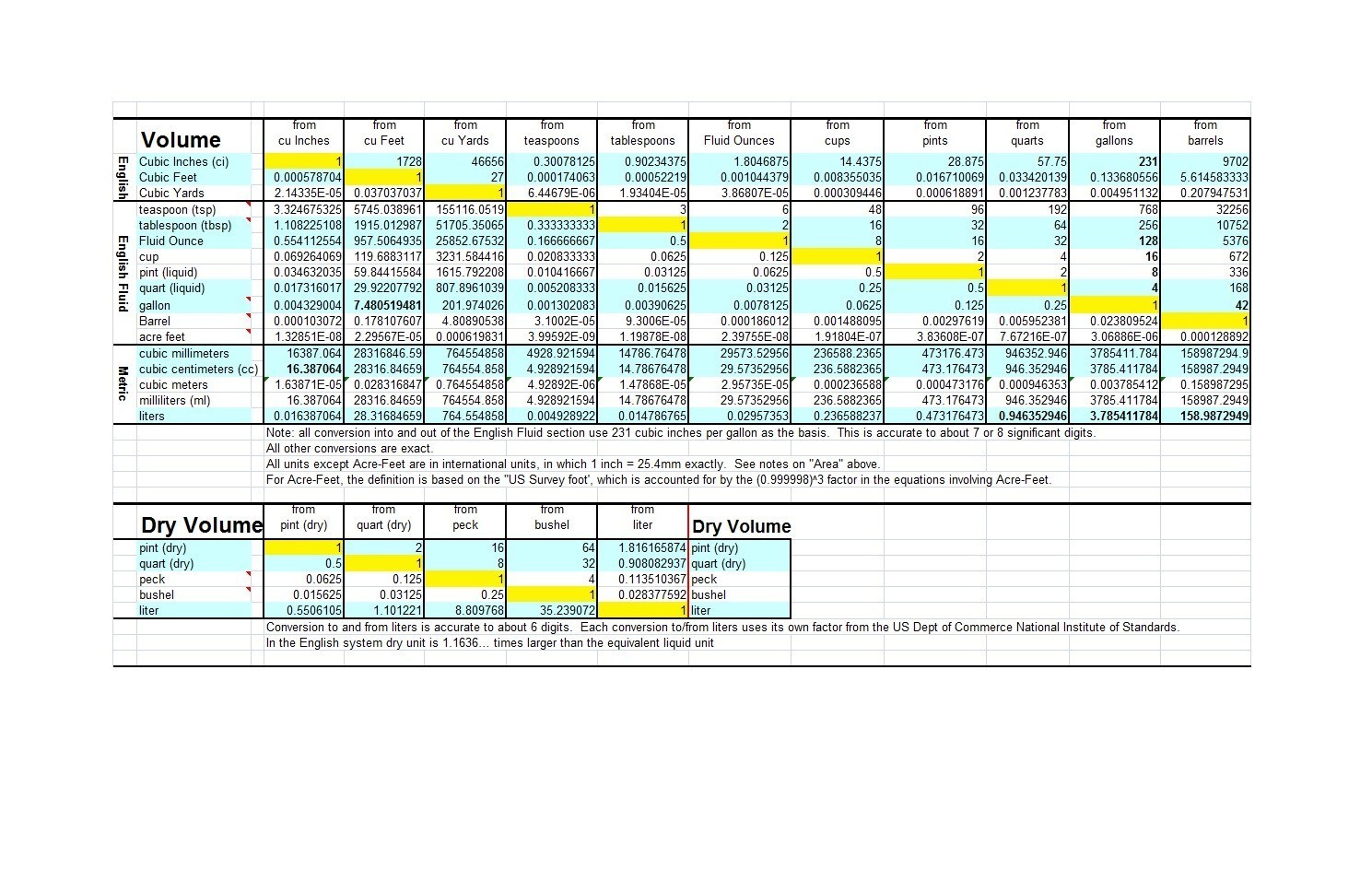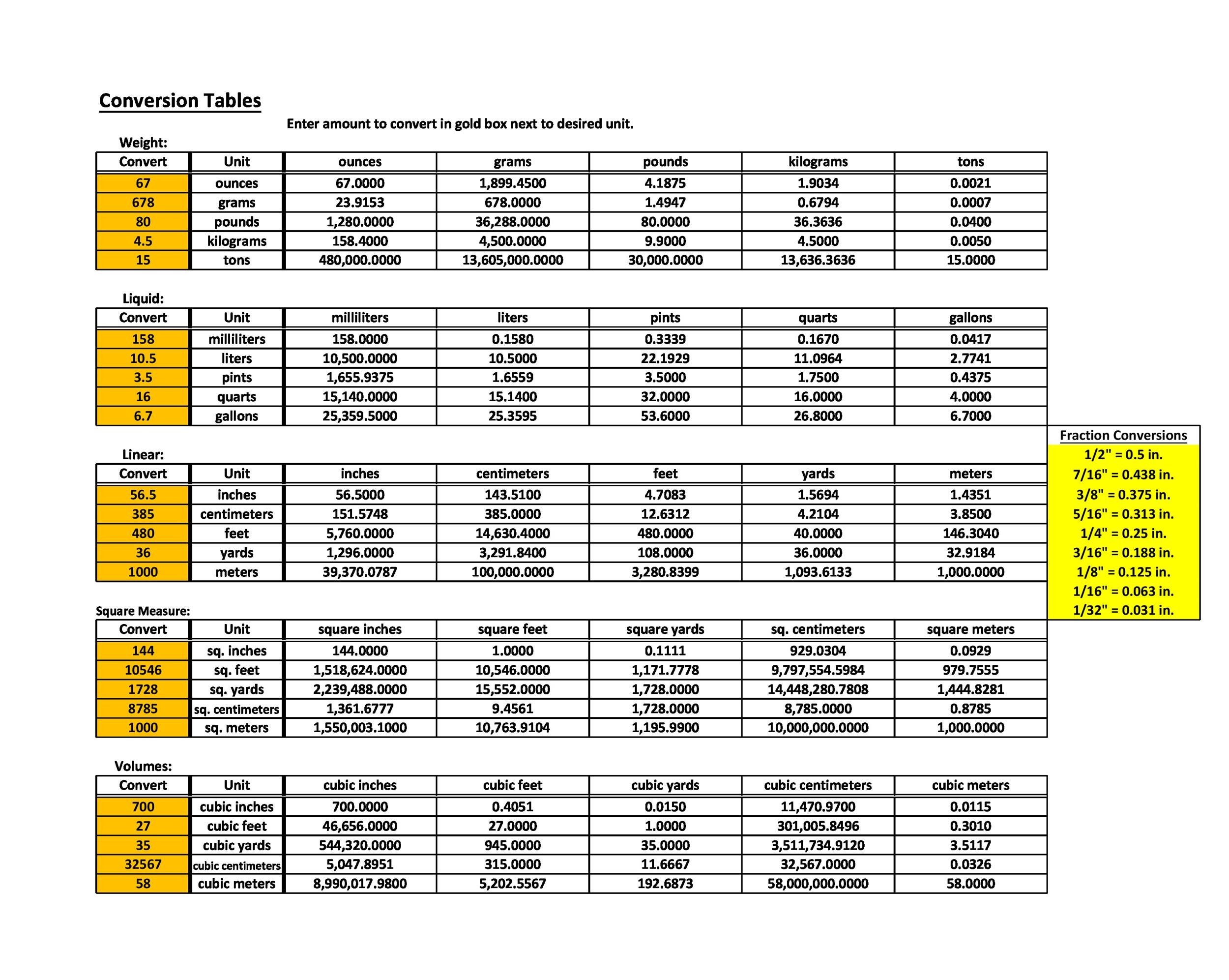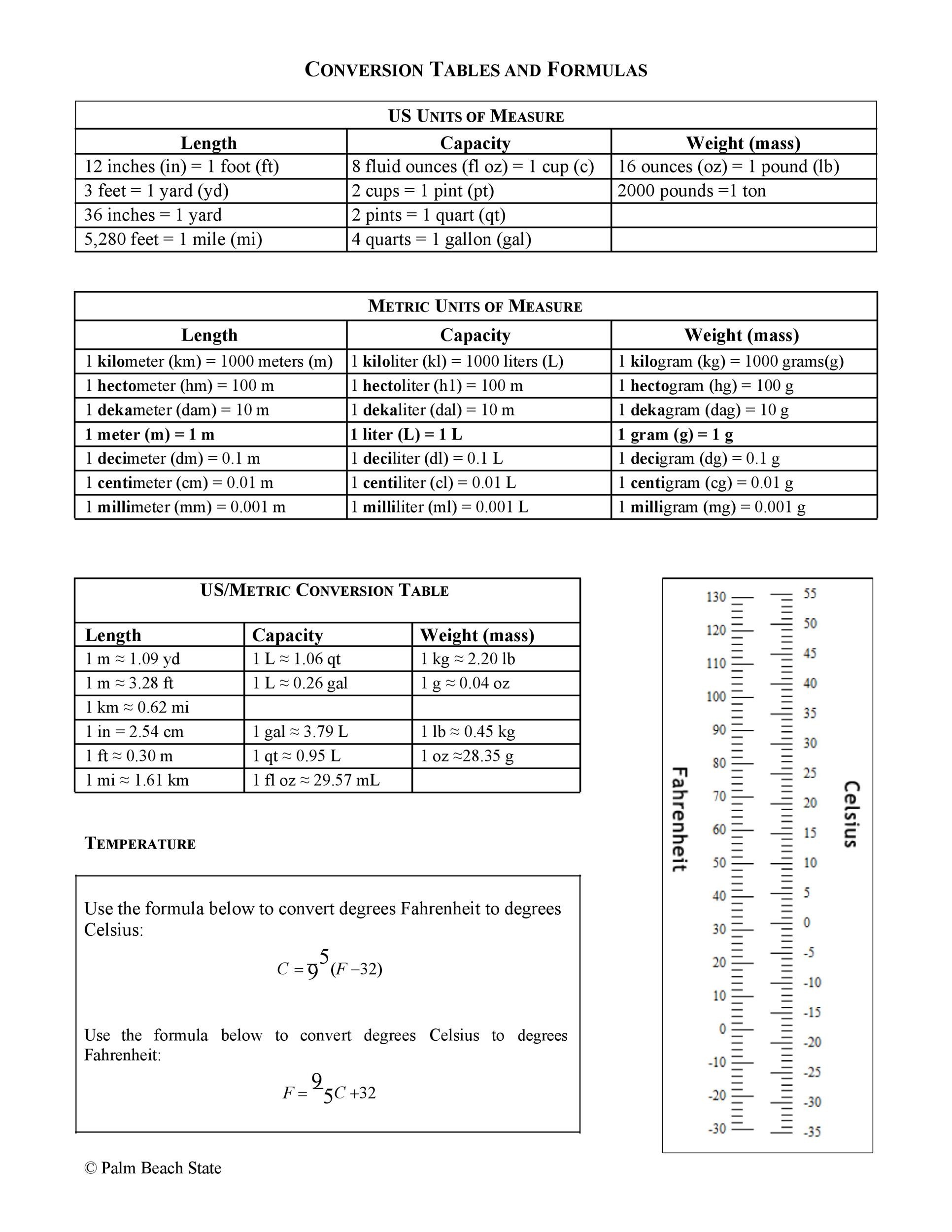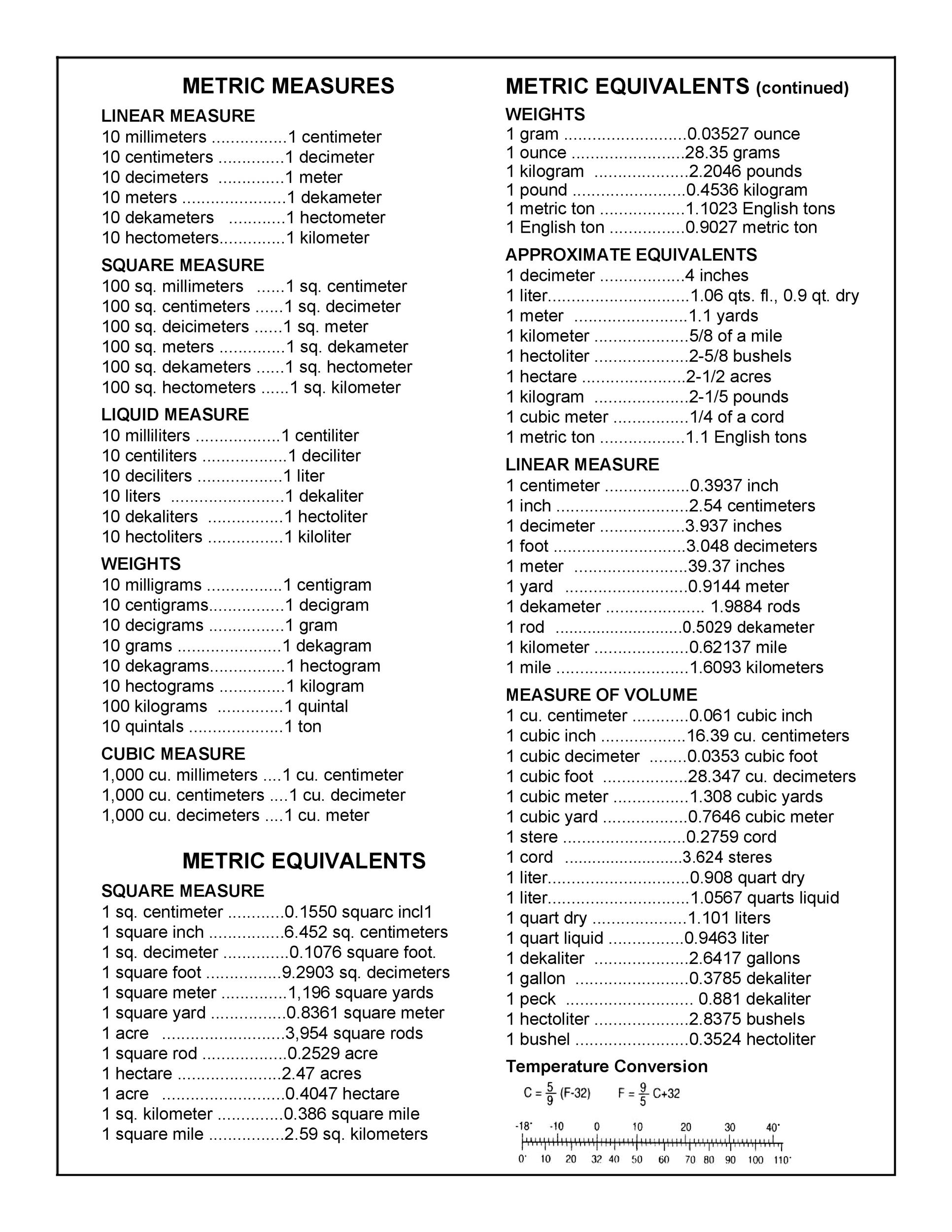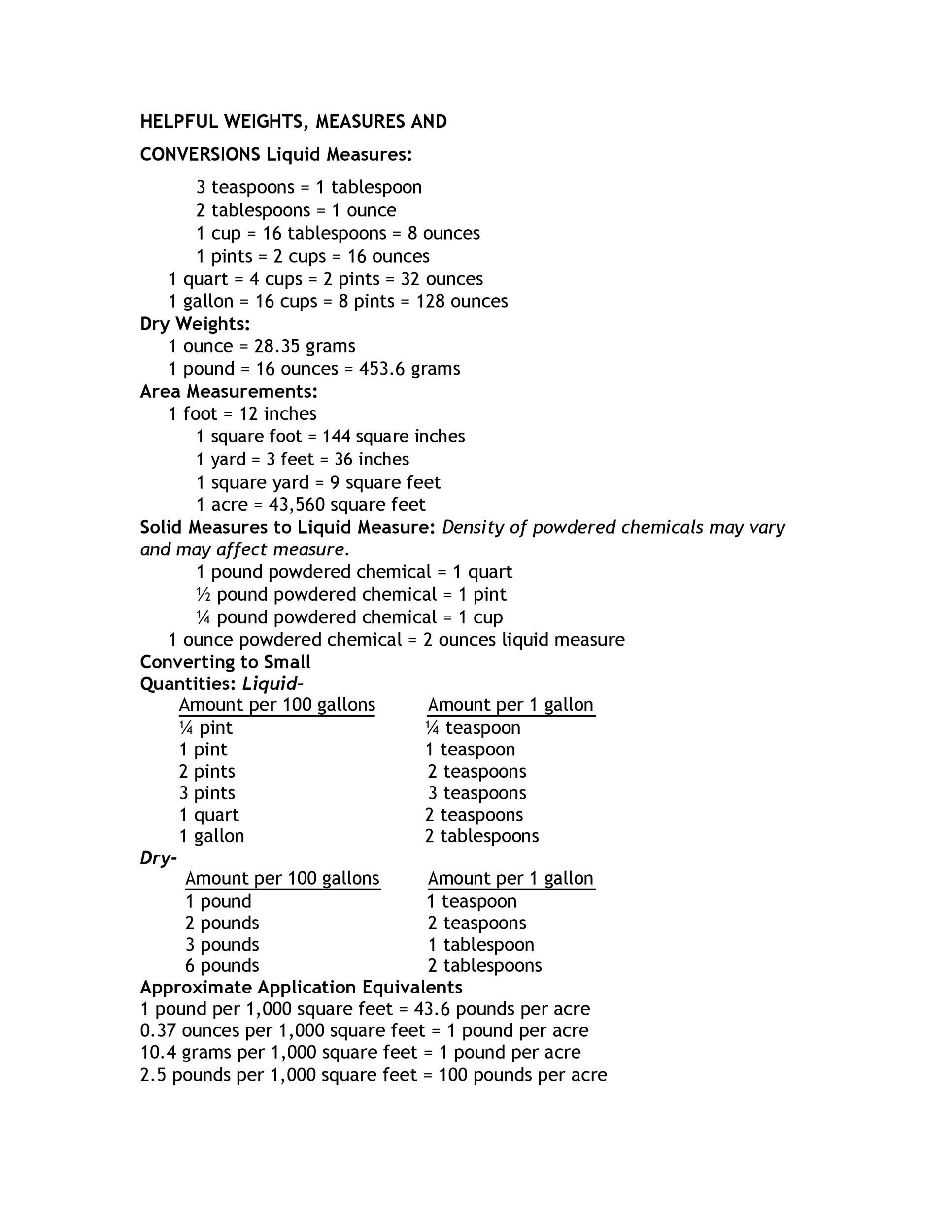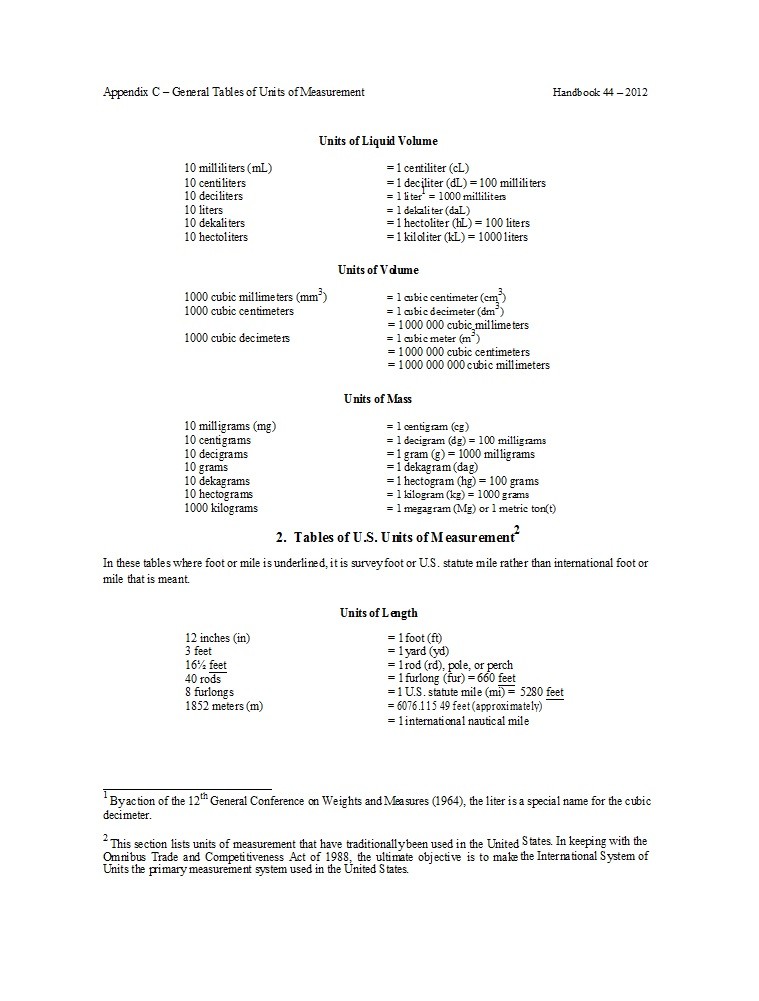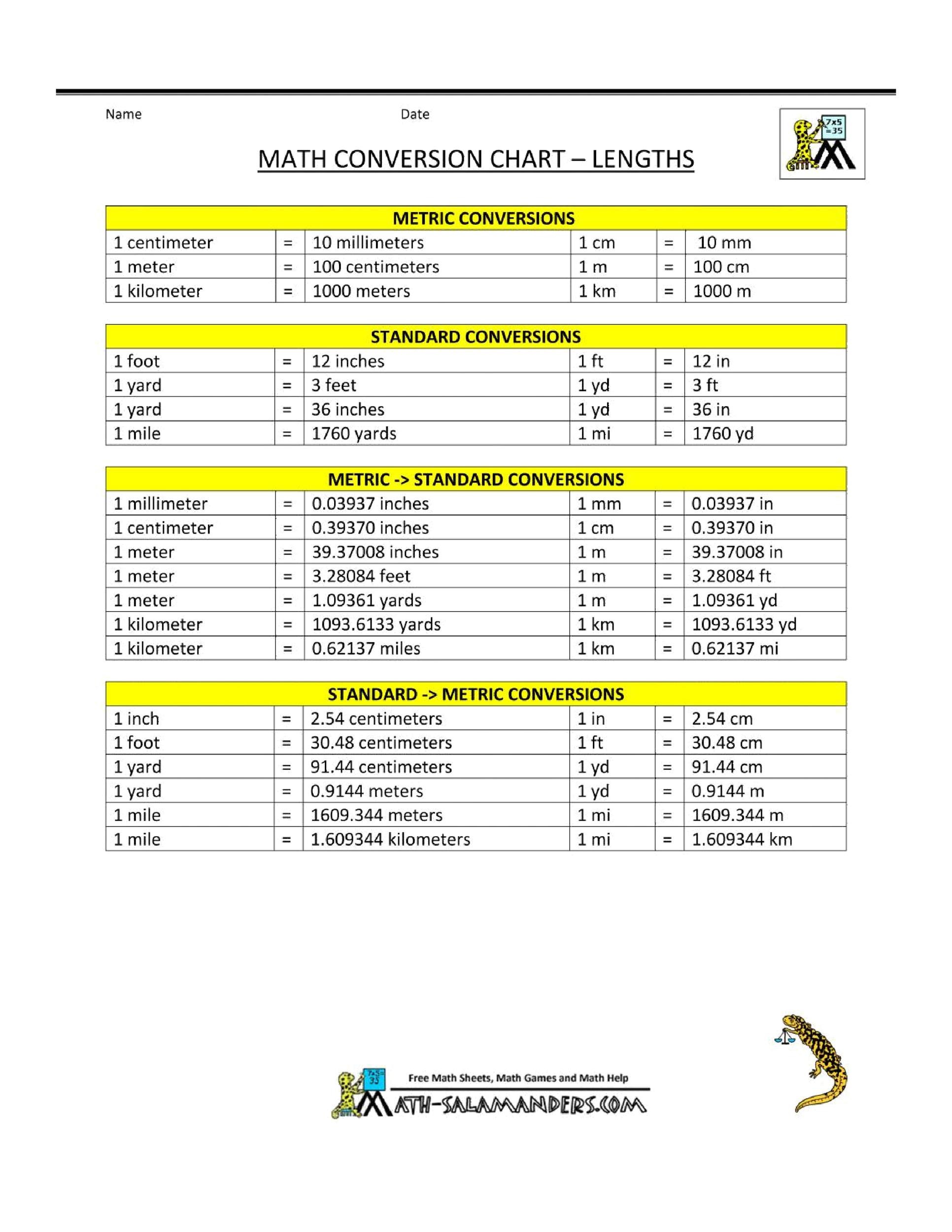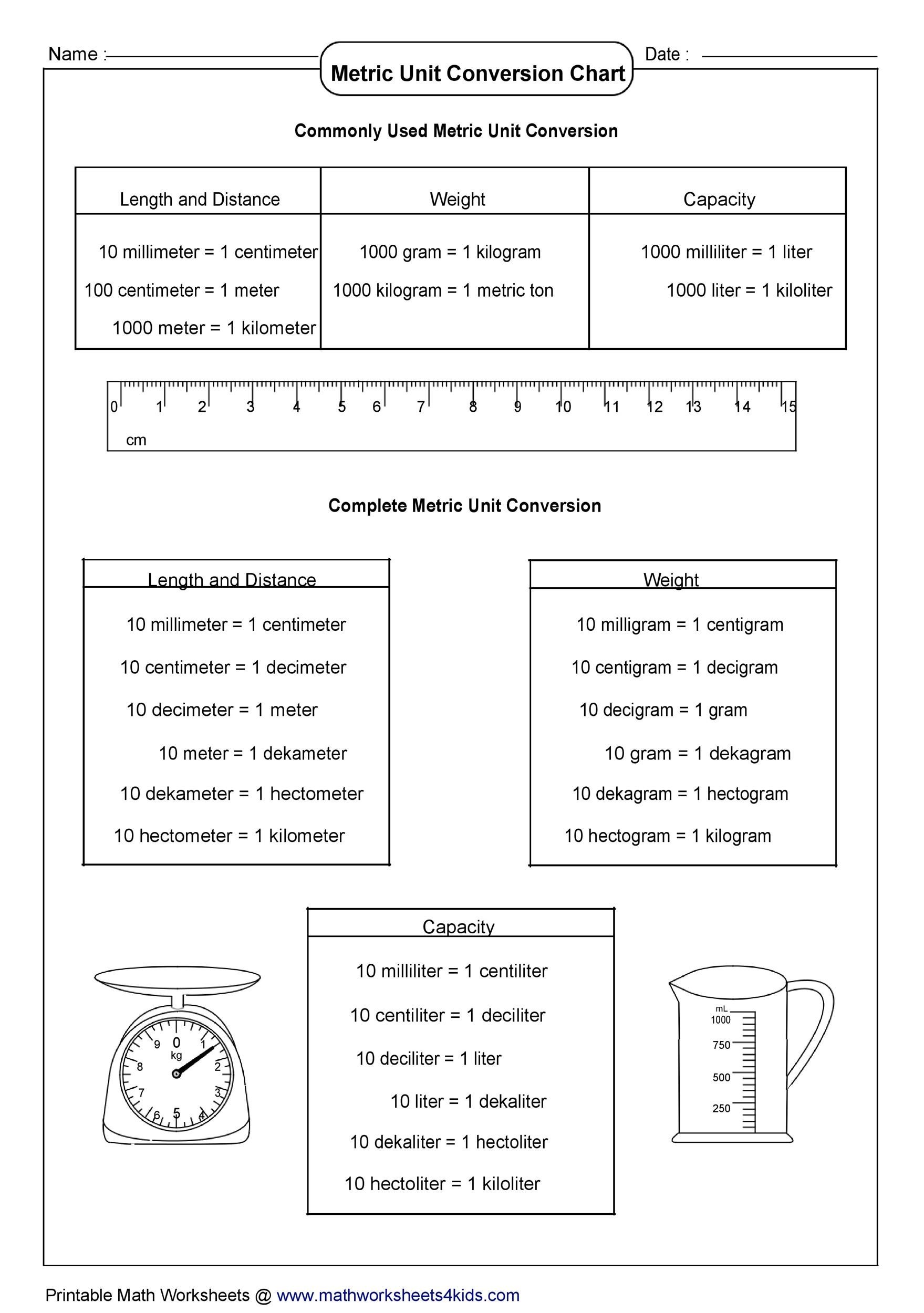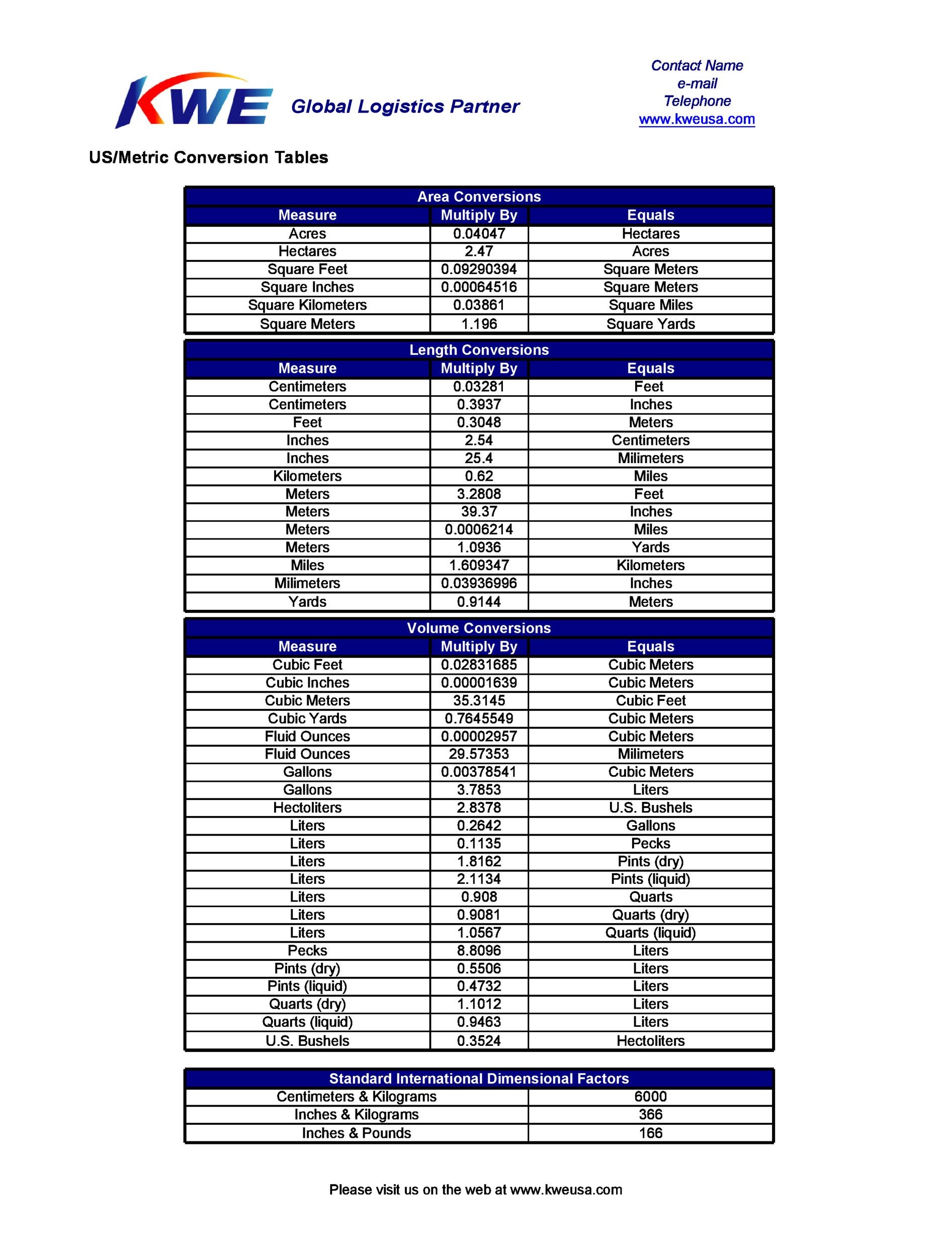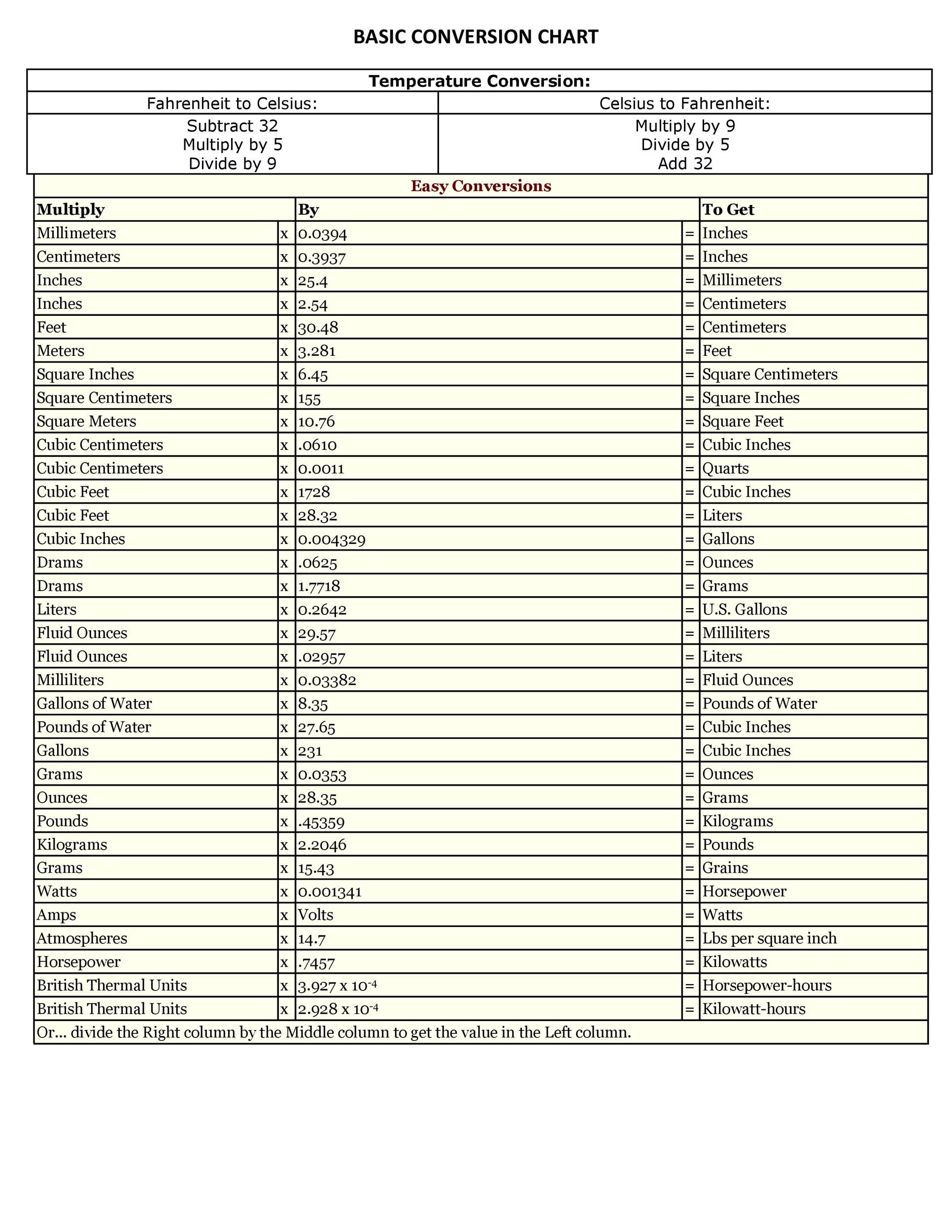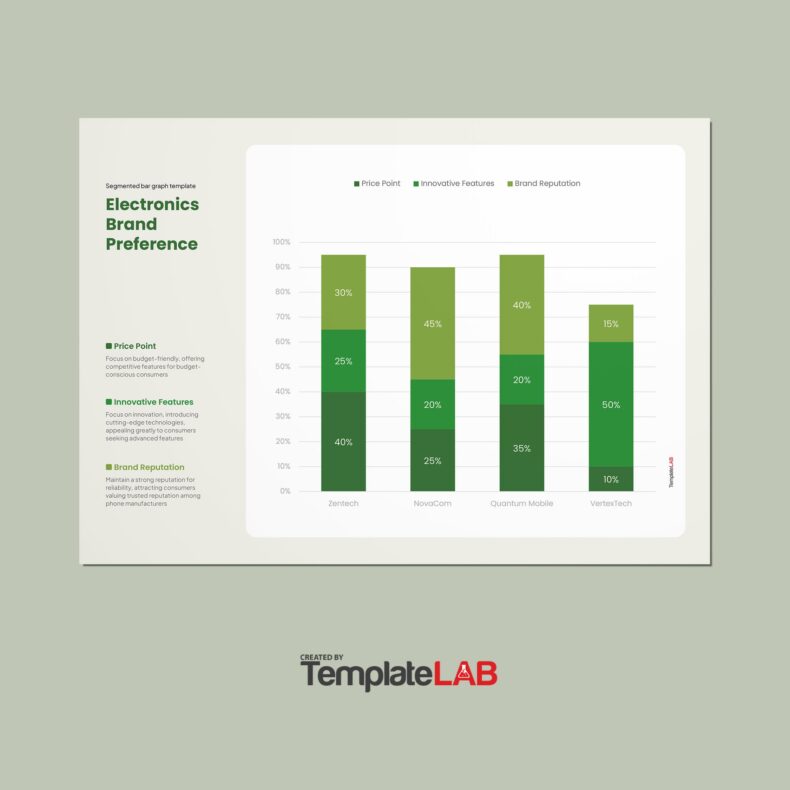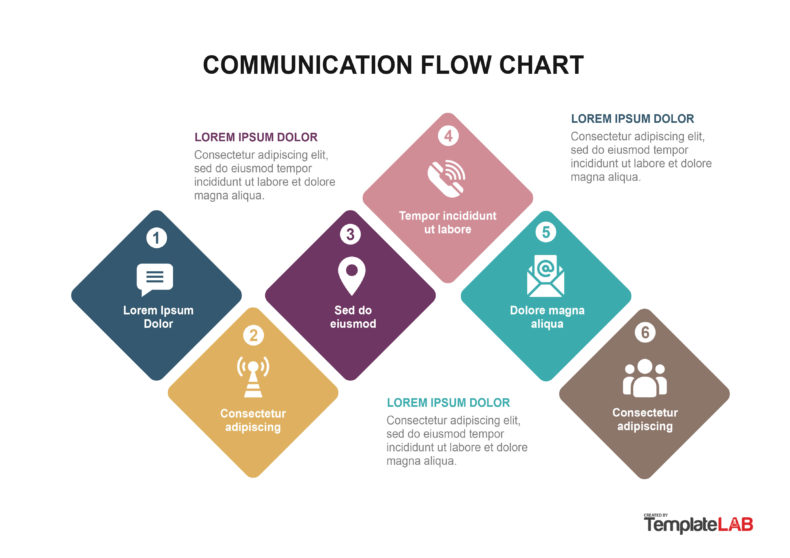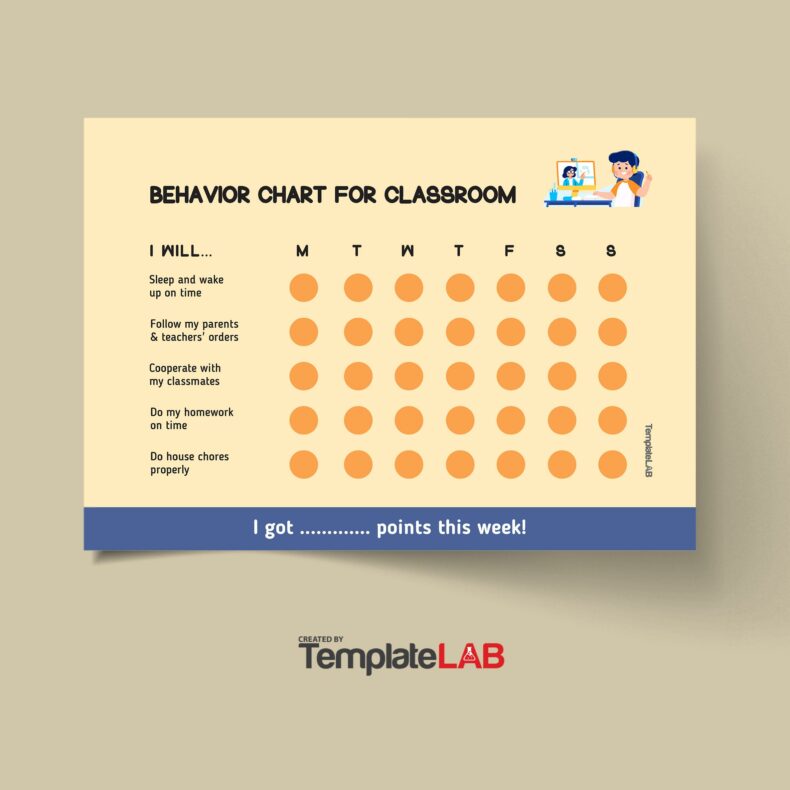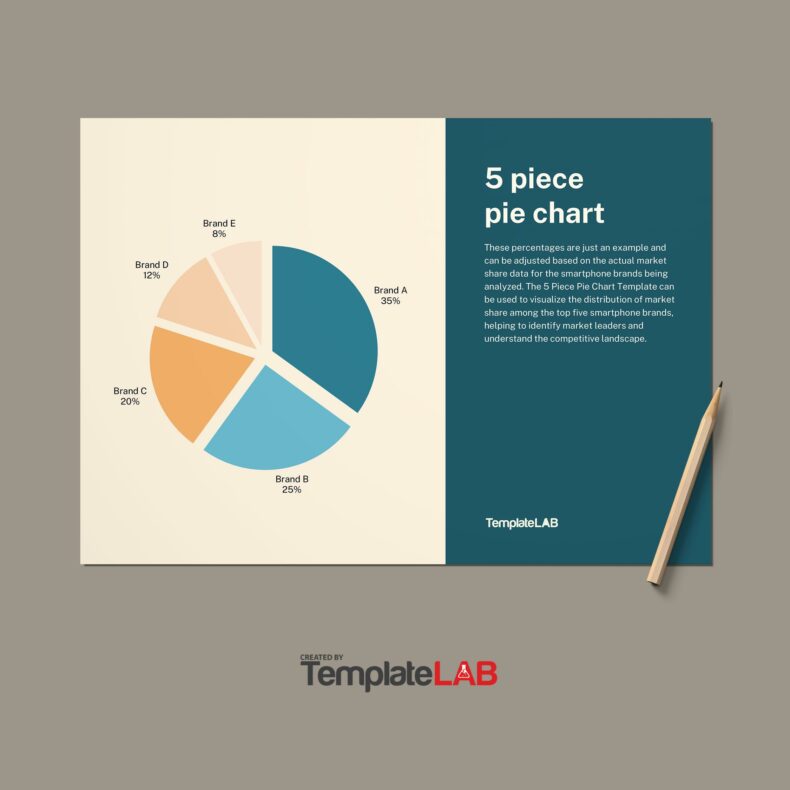Have you ever encountered a situation wherein you’re cooking and your recipe calls for a cup of something but all you have is quart measures? In such a case, you would still have to perform calculations to convert the values to ensure accurate measurements. But if your work or studies involve precise measurements of liquids, you may have to deal with this kind of situation frequently. In such a case, a liquid measurements chart will definitely come in handy.
Table of Contents
Liquid Measurements Charts
What is a liquid measurements chart?
There are several processes and applications which require the measurement of liquids. If you have found yourself working through an equation only to pause because you’ve encountered a confusing or conflicting unit measure. Without a liquid measurements chart, you would have to perform calculations to get the correct values.
Simple as it may seem, a printable liquid conversion chart can help maintain your workflow. With such a chart on-hand, all you have to do is refer to it as needed. Although liquid measurement conversion isn’t that complicated, it’s still a lot easier for you to use a liquid measure conversions chart for your work.
A liquid measurements chart is a document which shows you how values in one system of measurement convert to values into another system of measurement. In this case, the chart shows you how to convert liquid values from one measurement system to another.
You can easily download such a chart and it usually starts with metric values because these are the most commonly used measurements. Since the chart also shows you the converted values, you can use it for various applications. With this chart, you don’t have to perform manual computations for conversion.
Printable Liquid Conversion Charts
Tips for creating a liquid measurements chart
Even though you may download a liquid measurements chart easily, you also have the option to create one on your own. Either way, having such a chart makes your job easier as you won’t have to scramble for liquid measurement conversion formulas to find the correct values.
Here are some tips for you if you plan to make your own liquid measure conversions chart:
- At the topmost part of the page, type in the title. You may also choose to type in the purpose of your chart which, in this case, is a printable liquid conversion chart. Choose a title that’s short, specific, and direct to the point.
- Come up with a brief description of the purpose of your chart. This is especially important if you plan to use this chart for work or for school.
- Include your complete name so that anyone who reads the chart knows that you’re the one who took the measurement and solved for the liquid measurement conversion.
- Write the complete name of your school or company if applicable.
- Choose the measurement systems you want to use for your chart. Start with the standard values and make a list of the other measurement systems you want to include.
- Create a table using the “Insert Table” feature.
- Write down all the measurement values from one measurement system to another. You can perform the calculations manually or use an online conversion calculator to speed things along. You can also perform the computations by hand then check your answers using an online conversion calculator to ensure the accuracy of all the values on your chart.
- At the bottom, you may indicate how you took the measurements and how you acquired the conversion values. However, this isn’t a requirement.
Converting measurements for your liquid measurements chart
Measuring liquids isn’t easy. Although there are more modern types of measuring cups which come with all the possible volume definitions, these still don’t ensure complete accuracy. Also, what do you do when a recipe or a formula asks for a measurement which you don’t have?
In this case, the best thing to do is to have your own liquid measurement chart to use as a reference. Although we all know what cups are and the different sizes of measuring spoons, a lot of people don’t know the exact measurements of these tools or the amount these can hold.
Using accurate measurements is one of the easiest keys to the success of recipes. Therefore, if you don’t have a liquid measure conversions chart with you, you must still learn how to correctly measure liquids.
First of all, you need the proper measuring tools. Here, we’ll go through the most common tools used in the kitchen as cooking is one of the most practical applications of liquid measurement. For you to measure liquids, you need a set of measuring spoons and a set of liquid measuring cups.
- Measuring spoons are usually available in sets which measure 1/4, 1/2, and 1 teaspoon and 1 tablespoon. You can use these spoons for both liquid and dry ingredients.
- Liquid measuring cups are usually made of plastic or glass and can hold 1, 2, 4 or 8 cups of liquid. They come with incremental markings, a handle, and a spout to make pouring easier.
When measuring liquids, it’s not recommended to use cups meant for dry ingredients because the meniscus on the liquids might cause small errors in your measurements. Now that you have prepared the tools, it’s time to start measuring liquids:
- First, pour the liquid into a cup then set it on a level surface.
- Bend down to the level of the liquid to ensure that your eyes are at the same level with the incremental markings on the cup.
- Check the measurement using the markings and take note of the number.
- When using the teaspoons, choose the correct size of the spoon. Gently pour the liquid to the rim while trying not to let any liquid spill over.
Using a liquid measurements chart for cooking
When measuring liquids, you must make use of the proper measuring tools. Liquid measuring cups almost always possess measurement increments in cups and fluid ounces. It’s important to note that liquid ounces don’t necessarily mean the same thing as ounces. Fluid ounces measure volume while ounces measure weight.
Depending on the type of recipe you plan to make, you may have to measure one kind of liquid ingredient or another. In some cases, you might not know how to measure these liquids, especially if they don’t come in the measurements you’re used to. This is the perfect time to use a printable liquid conversion chart for your reference.
There are several ways to measure liquids including teaspoons, tablespoons, quarts, fluid ounces, cups, pints, and gallons. Although converting measurements from one value to another is a relatively simple process, it can be quite challenging to remember all of the liquid measurement conversion formulas. So, you may want to keep a liquid measurements chart in your kitchen.
If you’re following a recipe from countries which use metric measurements like India or Britain and you’re not used to these, the measurements might seem foreign to you. Rather than trying to guess the correct values, convert them manually or use a chart to find the correct values.
Using either of the methods, you can convert liquid metric measurements to fluid ounces. Then you can convert these values further to teaspoons, tablespoons or cups. Then round off the converted values to the nearest whole number to make things simpler for you.
Aside from using the proper liquid measuring tools for measuring ingredients, you must also know the proper ways to take accurate measurements. As aforementioned, it’s important to make sure that when you’re using a measuring cup, you set it on a flat, even surface before checking the measurement.
Then bend down until your eyes are at the same level as the increments. This ensures that you get the exact value of the liquid you’re measuring. Otherwise, you might end up with either too much or too little of that particular liquid ingredient. Double check the measurement you need before using the liquid in your recipe.
Using measuring spoons is another option, especially when you only need small amounts of liquid. Remember that you can use measuring spoons for both liquid and dry ingredients. However, in terms of accuracy, measuring spoons aren’t as accurate for measuring liquids.
Despite the possibility of minimal errors, you don’t have any other choice apart from the measuring spoons. Liquid measuring cups don’t measure small increments like tablespoons, teaspoons, and so on. So, in order to get the most accurate measurement possible, make sure to fill the spoon right up to the rim.
If you do a lot of cooking, you may find a liquid measurements chart to be extremely useful. With it, you can use different recipes from different countries no matter which measurement systems they use. Start with the measurements written on the recipes and if needed, convert these values.
Before cooking, you may want to rewrite all of the measurements on a separate sheet of paper. That way, you don’t have to keep going back and forth from your recipe to your chart. This might cause you confusion, especially if you’re following a recipe which includes several ingredients.

